|
It’s been a hot minute since my last trip to Belize, filming an episode of my TV series Word Travels. Back then, we hit the jungle, some Mayan ruins, the wetlands, and a Mennonite community for good measure (you can stream that Belize episode free on Tubi). Now I finally have the opportunity to see the beaches and coral reefs that I missed on the first trip, which concludes with the line: “If you do everything the first time, there’s less reason to return.” Swapping out a TV crew for my go-go-go daughter - a razor sharped chip off the old block - we’re following up our jungle adventure to Costa Rica with another foray into Central America. Much like Costa Rica, Belize is smashing things on the eco-tourism front, but Costa Rica doesn’t have Mayan ruins or an English-speaking population, somehow sheltered from the general mayhem found in its neighbours Guatemala and Honduras. Focusing on the beach and the world’s second largest barrier reef, my daughter showed impressive vim taking on the PADI Junior Open Water Certification, working hard on her e-learning, confined pools dives in Vancouver, and the four challenging ocean dives on the reef. You can read more about that journey in my Canadian Geographic column. What I didn’t mention was that singular moment – the bucket list moment – where all the travel and work and adventure coalesced. We were diving together through a canyon reef, which admittedly wasn’t the most spectacular dive in terms of marine life, but allowed us to explore a unique eco-system, and the weird sensation of scuba diving, together. Just another unforgettable moment in a lifetime of many. Wish there was a TV crew to capture it! Last night I discovered the word: Zugzwang. What the hell kind of a word is Zugzwang? A real English word, co-opted from German as it turns out. Definition: a situation in which the obligation to make a move in one's turn is a serious, often decisive, disadvantage. One day, I’m going to use that word in conversation, and I can’t wait. There must be a lot of Austrians Googling: “Where to find a great schnitzel in Canada?” because my column about skiing in the fantastic Silverstar Ski Resort, and taking my Austrian brother-in-law to Gerni's Farmhouse outside of Vernon, totally blew up. Gerni refers to the late Gernot Langes-Swarovski, founder of the Swarovski crystal empire, which owns the glitzy spa resort Sparkling Hill in the BC interior. Gerni liked his authentic Austrian food served in an authentic Austrian environment, so had a 16th century Austrian farmhouse dismantled and shipped over to his resort British Columbia. The menu and setting would make any Austrian traveller tear up with joy. Once they’ve settled down, they can explain to me what’s in a Almdudler. It’s a popular Austrian non-alcoholic soda, of a sort, that tasted like the innocence of childhood for no reason I can possibly explain. I also took the opportunity to do my best sack of potato impression while flying down an ice chute at 94 km/hr. A lot of people asked me why I felt compelled to do the public skeleton at the Whistler Bobsleigh Centre, and the answer is: because tourists actually do this, and it is undoubtably something unique, memorable, attainable and hilarious. Therefore: something to add to the bucket list. Jon Montgomery, who won skeleton gold in the skeleton at the 2010 Olympics, was a great sport for his quotes in my column, which pretty much captures the all-round absurdity of flying down a “frozen toilet chute.” Unseasonably warm weather totally zugzwanged me when it came to a long-planned multi-day snowmobile trip in Algonquin Provincial Park. We were watching snow reports during the worst winter season on record, and the trip was ultimately pulled just days before I was set to fly out to Ontario. A bummer in every way, because snowmobiling without snow is no fun at all. Climate change is going to wreak havoc on more and more travel plans, so purchasing a little travel insurance to fully recoup any upcoming flights in the case of unexpected chaos is no longer just another airline cash-grab, it’s a necessity. Finally, the second edition of The Great Western Canada Bucket List arrived at my doorstep and it looks fantastic. Packed with inspiration, it’s slim enough to gift to those travelling with carry-ons, and my wish is for it to land on the radar of anyone greeting newcomers to BC and Alberta. As you can tell on the companion site, there’s so much to explore and discover across a landscape that is both unique and diverse. The book will officially launch nationwide in May 14, look for it wherever you find your reading material.
0 Comments
Affluent residents of St Barts are accustomed to welcoming mega yachts of the rich and famous. Unless you happen to know a billionaire, it’s highly unlikely you’d ever get close to one of these vessels, much less find yourself on the most beautiful boat in the bay. It’s a topic that comes up repeatedly among the passengers of the SPV Star Flyer, a striking, 16-sail clipper with four towering masts, polished teak trims, and enormous white sails. Turning heads from the Mediterranean to the Caribbean, it looks like a pirate ship sailed through an eighteenth-century wormhole. Sailing with the breeze in high comfort is on many a bucket list, especially romantics with a pinch of salt in their veins. When I first boarded the Star Flyer late afternoon in St Maarten, it took my breath away. One of three tall ships owned and operated by Sweden’s Star Clippers, my week-long itinerary in the Lesser Antilles promised an adventure both familiar and exotic. Well-appointed rooms, friendly international staff, and a fine buffet are common on most cruise ships. Sallying forth under sail, chasing pirate lore, and dropping anchor at small island communities is not. Born and raised in a landlocked city, salt runs in my blood like integrity in politics. I can’t tell a jib from a top sail, a schooner from a sloop, or the spanker from the anchor. Regardless of one’s prior knowledge and appreciation for sailing, everyone goose-bumped when the crew hoisted the sails at sunset. With speakers booming an epic soundtrack of Vangelis’s Conquest of Paradise, the wind thrust us forward in search of rich Caribbean bounty. The 166-passenger Star Flyer is 115m-long with a 15-metre-wide beam, and it’s not even the biggest ship in the Star Clipper fleet (the 227-passenger, 42-sail Royal Clipper holds the Guinness World Record as the largest square rigger in service). Both ships rely on the breeze to do the heavy lifting, with low-emission gas used for internal power, port docking, and maneuvering through idle doldrums. Fortunately, the wind in the Caribbean from December to April is so reliable you can bank on it, hence, the trade winds. It’s the perfect time to make up the leeway, learn your sailing lingo, and discoverwild legends among the beaches and coconut trees. Calling into Anguilla, St Kitts, Virgin Gorda, Jost Van Dyke, and St Barts, I’m sailing into a domain of buried treasure, mythical pirates, and sloop battles. Borrowing books from the ship’s library, I dove into the Golden Age of Piracy, when motley crews of men – and occasionally women – plundered trade and war ships, all the while swearing impressive oaths of loyalty, democracy, and non-discrimination. Welcoming all who could be useful and evenly distributing the spoils, the intrigue of pirates has long hijacked our popular imagination. The Black Flag inspired countless legends in the Caribbean, including that of a buried treasure hidden deep inside the coastal caves of the uninhabited Norman Island. Here, the Star Flyer dropped anchor so passengers could snorkel into the same caves that inspired Robert Louis Stevenson’s Treasure Island. The more I read about Henry Morgan and Calico Jack, Anne Bonny and the infamous Blackbeard, the more I got swept up in the region’s history, and the thrill of sailing under wind. Operating a tall ship is both an art and a skill. Experienced passengers on board constantly debated our Polish captain’s decisions, analyzing the different sails in use, and the impact of the prevailing winds. With 3344 square metres of sail, utilizing all four masts could easily blow us halfway around the world. The captain tells me that he often sails up and down during the night, providing invaluable experience for his navigation and ship crew, and using just fifteen percent of the fuel typically needed for a ship of this size. Cruising anywhere in modern luxury is a decadent affair, but with its comparatively low carbon footprint, large passenger sailboats like the Star Flyer suggest a more viable and sustainable cruising alternative. When we dock in St Kitts, I see a line-up of massive cruise ships parked outside a duty-free shopping mall. It’s the only time our vastly different cruise experiences meet, and it feels like we’re visiting from a different planet. Occasionally, the wind howls over twenty-five knots, creating large swells that rock and roll the ship, stabilizers be damned. Sometimes, I reach for the Gravol, or need to retreat to my comfortable cabin on the Commodore Deck, watching sea water rinse my cabin window. More often the sea is as calm as a mirror, but sailing will always be an adventure, especially for landlubbers lacking sea legs. Seventy-three international staff and crew operate efficiently under any conditions, spotlessly cleaning our rooms, preparing fantastic meals, cocktails, and typical evening entertainment. There’s pirate parties and trivia nights, disco dancing and interpretive talks. Daily activities include swimming and snorkelling, various watersports, an onboard spa, and opportunities to explore the history and culture of different islands. Tenders deposit us on quiet beaches that are home to some of the Caribbean’s legendary sailing bars, like Soper’s Hole on Tortola, and the Soggy Dollar on Jost Van Dyke. My personal highlight is a visit to The Baths on Virgin Gorda, a series of rock pools, beaches and cave swims in the turquoise water of your dreams. Being on a smaller vessel with a minimal footprint means we can visit and interact with beaches and communities beyond the reach of giant cruise ships. My dining mates, a couple from Toronto, are cruise veterans with dozens of voyages under their belt. Both agree the tall ship had exceeded their expectations, with just the right combination of adventure and comfort. Embracing the warm sea breeze, I stretch my arms towards a pod of dolphins cresting a few metres beneath me. I’m lying on the netted bowsprit at the fore of the ship, my favourite spot on the Flyer to soak it all in. It’s a giant hammock, of sorts, meeting the sea breeze and ocean spray head-on. I often lie back on the thick net to admire the clouds, or zone out staring at the waves. That’s when the dolphins appeared, gliding playfully in front of the bow, providing another singular moment of joy in a week of many. Admittedly, not all passengers have the nerve to hang out at the bowsprit, much less take up the ship's offer to scale the mainmast. Securely kitted with a safety harness, I climbed the rope ladder to a viewing platform eighteen metres above the sparking water. It provided a priceless and occasionally knee-shaking birds-eye view of the ship, sea, islands, and sparkling horizon. Although travelling alone, I quickly found my crew of fellow bowspritters and mast-climbers. Spanning six decades of age, I gathered with my group to enjoy fine cocktails, fun company, and tall tales at the Tropical Bar. No matter what boat you sail in, it’s the people you meet who create the paradise you find. Reliably gorgeous sunsets and epic sailaways are greeted each evening with champagne, cocktails and quirky maritime toasts suggested in the daily program. “To our wives and girlfriends… may they never meet!” An unannounced wedding takes place on the Sun Deck one evening, and the entire ship celebrates. Small ships just have that kind of vibe. Later, we’re invited to follow the cruise tradition of dressing in white to sail the warm breeze under the spotlight of a full moon. Naturally recalibrating my balance with one hand steadied on the ship, I’d found my sea legs at last. Everything moves a little slower under sail. Although internet is available at the bar, it is pricey and limited. Most passengers agree that screens can wait. Sailing on a tall ship is about reading and resting, conversations and stargazing, staring into the distance, and wondering why it took you so long. When we anchored in St Barts, it was a thrill to find ourselves on the most impressive ship in the harbour, and nobody needed a personal invitation from a billionaire either. Any way the wind blows, it’s reassuring to know we can all find our own swashbuckling sailing adventure.
Wrapping up 2023, tourism is rebounding faster from the pandemic than most of us predicted. We weren’t’ supposed to see industry numbers like this until 2024 or even 2025, but the world has collectively decided to move on as if Covid never happened, and tourism has reflected this accordingly. Everything has definitely become more expensive, sometimes because of supply-chain issues, sometimes because it’s an opportunity for folks to maximize profits and take advantage of others. This is true for the tourism industry, and true for everything else too. This year I really got stuck into my bi-weekly column for Canadian Geographic, chasing stories that are inspirational, worth knowing, and unique. It’s the cornerstone of my Bucket List brand: exploring destinations and activities that you can’t find anywhere else; are wholly memorable; practically attainable; and will make a great story you’ll want to share for the rest of your days. I kicked off 2023 with a New Year’s Eve torchlight descent at Sun Peaks Resort in British Columbia. After many years of snowboarding, I’m now transitioning to skis, and it was a fantastic confidence booster (and a little terrifying) to ski at night. A few weeks later I found myself on BC’s Powder Highway, back on skis in Fernie, Kimberly and at the Panorama Mountain Resort. I explored quirky roadside attractions in New Brunswick, unique statues around the world, high-speed F1 yacht racing in San Francisco, and the origins of craft beer in the Pacific Northwest. Sometimes the story is about people too, like the Syrian refuges in Nova Scotia and their phenomenally successful chocolate business, or Scuba Diving Hall of Famer and cave diving legend Jill Heinerth. The best travel is about the experiences you share, whether it means taking your kids medieval glamping in Alberta, or a parent on a bucket list hike in Newfoundland. Sometimes family travel lies on a spectrum between beluga whales in the north, the jungle in the south, and iconic theme-parks (I’m proud of this particularly honest review of Disneyland.) I’m always on the lookout for unusual and memorable accommodation, from the world’s most northerly eco-lodge to surviving a night in Quebec City’s ice hotel. As for wildlife, I attempted to cage dive with saltwater crocodiles in Australia, hit the prairies to see the world’s largest concentration of snakes, and looked at places near and far to ethically volunteer with animals. The two back-to-back horse-riding expeditions I took to the Allenby Pass in Banff National Park showcased the Rockies at their finest, and was my inspiring debut as a Can Geo Adventures Travel Ambassador. Learning more about Indigenous experiences across the country shepherded me to prairies campfires and other inspiring locations around the country. Further afield, I researched upcoming stories about the Rio de Janeiro Carnaval in Brazil, a sustainable eco-lodge in Costa, and exploring French Polynesia with a small-ship Wind Star cruise.
I write a monthly blog for Great Canadian Trails too, where this year you can find stories about mountains, forests, whales and icebergs, cross-country skiing and great Canadian books. I celebrated Yukon for the territory’s 125th anniversary, took a curious look at Prince Edward Island, a ride along the beautiful Kettle Valley Heritage Trail, and explored Canadian wonders that double as international look-a-likes.
The Scenic Eclipse’s owner wanted non-billionaire friends to experience the billionaire luxury yacht experience. Count yourself in. 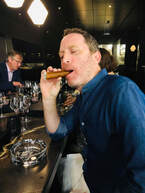 The chef presents a burrito cigar, filled with chicken, salsa and guacamole, resting on a thick glass ashtray you haven’t seen since 1978. Next up is a slice of marbled Jack’s Creek Australian steak sizzling on hot pebbles, blow-torched to order, medium rare. Now the glazed fois gras lollipop, served on candy floss which is melted with chili-infused vinegar spray. There will be ten of these courses, each accompanied by a crystal glass of fine wine from every major wine-producing region. Am I in one of Vancouver’s new Michelin-star fine dining restaurants? No, I’m a passenger on the world’s most luxurious passenger yacht cruising off the Pacific coast of South America, and this is not even the most memorable meal of the week. In the wake of the pandemic, cruise ships appear to be sailing in two different directions. There are the massive floating resorts appealing to the masses (MSC’s new Wonder of the Seas can accommodate a record 6988 passengers). Then there are the small, extravagant vessels that promise comfort and decadence beyond imagination. With just 114 suites housing 228 guests across five decks, the 168-metre long Scenic Eclipse sails firmly into this harbour, billed as The World’s First Discovery Yacht. This means it can safely navigate Antarctica and the Northwest Passage just as easily as it can cruise the Mediterranean or South Pacific. It also means that each extra-large, sound-insulated cabin has its own butler, electronically customizable beds, Dyson hair-dryers, all-inclusive mini-bar, balcony, gourmet coffee maker, and oversized rain shower bathroom. -Boarding the Eclipse in Lima on a 9-day sailing to the Chilean capital of Santiago, the lush expansive lounge, beaming staff and towering bar all look impeccable. Doting, attentive and highly trained international crew outnumber guests three to one. The Eclipse was inspired by the Australian owner’s desire to offer his non-billionaire friends the billionaire luxury yacht experience. Forget the tiresome nickel and dime cruise dance, because everything is included: all premium alcohol, wifi, offshore excursions, all nine dining options, entertainment, kayaking, paddle-boarding, even your crew and driver tips. You do however have to pay to ride the two on-board helicopters and comfy submarine, along with expansive spa services that include a range of massage, hair styling and nail services. Considering the pricey rack rates for this bucket list cruise experience, those costs might feel like a drop in the ocean. 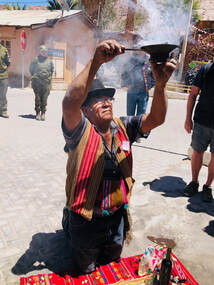 Receiving a blessing in Codpa Receiving a blessing in Codpa “Honey, there’s a sperm whale chilling off our balcony!” My wife is enjoying her long hot shower (the ship desalinates up to 200 tonnes of seawater every day) and misses the unexpected wildlife moment. Gathered for their daily wildlife briefing in the lounge, the ship’s marine biologists, naturalists and guides are suitably impressed. A sense of discovery, immersion in nature, and taking advantage of the ship’s many toys are baked into the Scenic Eclipse experience. Our particular itinerary, an annual repositioning called Latin American Delights, offers mostly land-based cultural excursions as the Eclipse makes her way south for another busy Antarctica season. In Paracas, Peru, zodiacs take us to the Ballestas Islands, where pungent guano is mined for fertilizer and hundreds of thousands of seabirds nest in dramatic cliffs reminiscent of the Galapagos. The following day, flamingos and migrating birds await us in the protected Meija Lagoons, an hour’s drive from the historic town of Matarani. Relieved to welcome the first cruise ship to visit the port town in two and half years (Covid and political unrest battered regional tourism in Peru), locals pull out all the stops in appreciation. We dance, drink pisco, and smile for local media. Sailing into Arica, Chile, we leave the ship to explore the culture and alien landscapes of the Atacama. Life is in constant battle with the elements in the world’s driest desert. In a small desert village called Codpa, the resident shaman’s blessing over smoke, sweet wine and coca leaves feels deeply authentic. Each afternoon, we return by bus to the Eclipse’s decadent bubble of luxury, greeted with hot towels, spotlessly clean rooms, twinkling live piano music, courtly service, and a complementary cocktail bar of dreams. Whatever region of the planet you explore on this striking vessel, expect a jarring contrast onboard to the world you’ll discover onshore. There are 135 different types of Scotch and whiskey at the bar, and recognizing the opportunity, I’m determined to taste as many as I can. Each dinner menu is a conversation starter, each dish over the top. Even at full passenger capacity, the Eclipse is designed to accentuate opulent space and comfort, hence her ten dining experiences when the outstanding Yacht Club buffet could easily suffice. Hell, the 24-hour room service menu would easily suffice. Smiling staff are eager to satisfy any guest request. Truffle fries at 1am in the morning? Yes sir! Changing one of the six types of available pillows before turning in? Yes sir! Expect indulgent French cuisine in Lumiere, melt-in-the-mouth sushi at Kokos, grilled rib-eye steak and lobster in Elements, and expensive wine that just doesn’t stop flowing. My favourite meal is the Night Market, where a wonderful chef named Strawberry (yes, that’s her real name) exhibits her culinary creativity across eight courses of Indian, Middle-Eastern or Asian-inspired dishes that defy description. Her blueberry folded gelato served with curry-buttered popcorn and compote will haunt my tastebuds forever. Corporate Executive Chef Tom Götter’s commitment to sustainability and reducing food waste permeates everything: food scraps like vegetable peels and kitchen castaways are dehydrated and turned into fragrant ‘dusts’ and spices. All the gelato and baked goods are made onboard, while fresh herbs grow in specialized cabinets inside Epicure, which hosts cooking classes and beverage tastings. The Eclipse burns low sulphur diesel, and when liquid natural gas starts powering cruise ships, I expect Scenic – which operates luxury river cruises in Europe and has more ocean ships under construction - will be among the early adopters. Initiatives like digital labels updated daily in guest cabins might eliminate paper, although any readers seeking a sustainable vacation won’t find it on an engine-powered cruise ship, at least for now. As we approach our final port of Valparaiso, heavy wind and high waves pound the ship, so I head to the bridge to see how our affable captain is dealing with it. The technology and engineering inside the Eclipse is mind-boggling. Oversize six-metre-long stabilizers have been deployed on either side, large enough to keep passengers steady on much larger ships. There’s no rudder, as each prop can rotate 360-degrees, while the ship can maintain her position without dropping anchor thanks to GPS positioning. Bridge crew welcome guest visits from 8am to 8pm, patiently explaining to us how the ship works, and allowing the obligatory captain’s chair photo. I can’t stick around though, I’ve got a manicure booked, and want to iron out my back in the infra-red sauna before tackling a half-dozen fragrant Speysides at the bar. “Who the hell lives like this?” I ask my wife, busy scrolling on-demand movie selection on our cabin’s wall-sized flat screen TV. We need a few hours to digest the 10-course Chef’s Table dinner, featuring that burrito cigar, as well as coconut ceviche, braised BBQ rib, smashed mango-curry lamb chop, and a literal homemade chocolate fudge explosion. In fact, we’ll need a few years to digest the overall Scenic Eclipse experience. Together we’ve come a long way from our first cruise onboard a typical floating hotel with packed pools and excessive buffets. Luxury small ships like the Scenic Eclipse cater to a different clientele chasing unique and exclusive experiences. Pricey it may be, but passengers will delight in that rare opportunity to get far more than what you pay for.
Visit www.scenic.ca for more information about Scenic Eclipse itineraries. “Don’t you ever just read a Grisham?” comments one of my friends. It’s been a busy summer, making up for summers past as travel returns to its pre-pandemic boom. After Tahiti and Sudbury, I dropped my bags, picked up my six-year-old son Galileo, and hopped over the Rockies to see what Calgary is up to these days. In a city accustomed to booms and busts, the boom is back. We’d spend a few days researching the urban and regional attractions that met my ‘bucket list’ criteria, chasing columns and new chapters for the upcoming second edition of The Great Western Canadian Bucket List. There would be time for bedtime stories, but that’s about it. . We kick off with the Yamnuska Wolf Dog Sanctuary outside of Cochrane, a facility that rescues and shelters hybrid animals that belong in neither a domestic or wilderness environment. That doesn’t stop idiots breeding wolf-dogs, for idiots who think it would be cool to own a wolf. What they get are shy yet aggressive animals that make terrible pets, with untamed instincts requiring constant attention and secure zoo-like enclosures. Breeding wolf dogs is, inexplicably, legal in Alberta. The sanctuary does a fantastic job educating the public, looking after the animals they rescue, and advocating for both wolves, canines and hybrids. Next we drive into the foothills of the Rockies to spend the night with Tracey and Tim at Painted Warriors, a hands-on Indigenous cultural and wilderness experience that invited conversation around the campfire, archery in the forest, star-gazing, and nature walks. Among many other things, I learn I’ve been aiming with the wrong eye all my life (no wonder I always miss), how aspen makes natural sunblock powder, and that a professional archer can hit the top of a golf tee from fifty yards. Above all else, I learn yet again that meeting good people always results in a good time. We drive back to the city, pick up outrageously good smoked meat sandwiches and ice-cream at the Calgary Farmers Market, and head across the highway for Downhill Karting. It’s the same luge contraption I discovered many years ago in New Zealand outside of Rotorua, and it’s fun to share the experience with my delighted kid. It’s the first time we’ve done a trip just the two of us together, and while Gali doesn’t have gunpowder energy of his Tahiti-toting sister, he’s observant, measured, and willing to give everything a go. We’re here for a good time, not a long time, so it’s off to Lazy Day Rafting Rentals to float down the Bow River and experience one of Calgary’s more iconic summer activities. Gali super-soaked ducks and geese as the river gently floated us from our entry point to the Bow River Pathway Bridge. Drop off the boat, check-into the Residence Inn, and stroll over to The Mash, which upcycles grain from a microbrewery into delicious pizza dough. My pizza had everything on it, Gali ordered plain cheese. One day he will order toppings, add Tabasco, and say: “So this is why you order pizza with everything on it.” I look forward to that day. We’re heading out the city again, but before we do, we pop into the National Music Centre to see Randy Bachman’s insane guitar collection, learn about Canada’s outsized role in the history of popular music, mix some beats, and gawk at the 64-foot one-man orchestra known as the Kimball Theatre Organ. We pop into the Hangar Flight Museum by the airport, and hit the road for the Good Knights Medieval Encampment for an evening of medieval glamping. This is an actual thing, and as you can read in my column for Canadian Geographic, it’s a very fine thing indeed! We dressed up, threw fake axes, jousted with real swords, and watched lords and ladies dance under the big prairie sky. We’d immersed ourselves in a fun, family-friendly world that is one-part history and one-part Lord of the Rings / Game of Thrones / Dungeons and Dragons fantasy. The things you can do in Canada never cease to amaze me. A few days later, we’re out the country so I can take my kids to a place I swore I’d never take them to. You can read all about it here, with an honest column that I hope captures the parent’s experience of Disneyland. I’m not a theme park kinda guy, but visiting Disneyland was never going to be about me: it’s all about the kids, and the kids had a great time. We stayed the Grand California over the 4th of July weekend, when the park was heaving with visitors. The Genie + pass was essential to avoid the line-ups, but we probably should have eased Gali into the rides before kicking things off with a dark rollercoaster of Space Mountain. I don’t think he’ll ever forgive me. His sister, meanwhile, gravitated to the fastest, loudest, scariest rides. It’s remarkable these kids came from the same womb. I turned a shade of lime after the rollercoaster and falling elevator rides in Disney Adventure Park. In truth, the ride I was looking forward to most was a Harley Davidson Road King waiting for me back in Vancouver. Last year I researched a story about renting a Harley from EagleRider Rentals in Vancouver, joining a bike crew on a road trip up Vancouver Island, ferrying to Bella Coola, and back through the BC interior. A year later, I join most of the same group (which happen to include the excellent Daniel Cook Band), and we roar off for a four-day loop of Vancouver to Osoyoos to Nelson to Lillooet to Vancouver. Once we got out of the congested city and past the summer construction, our bikes could blitz through the sweltering, rolling countryside. Motorcycles were out in full force, giving the eponymous biker wave when passing each other. Daniel and his band busted out their instruments in the evenings, which added a wonderful dimension to the trip, and delighted large groups of bikers with an impromptu roof top party at the Adventure Hotel in Nelson. We swam in the warm waters of Christina Lake, did a long, knee-cramping day in the saddle, played obligatory games of cribbage and did a memorable sidewalk jam in Lillooet. The diverse landscape and excellent roads of British Columbia delivered the goods. I’ve joined EagleRider’s membership program, and look forward to making this an annual tradition. A weekend in Birch Bay, Washington (or as I like to call it, Canada in the USA), back across the Rocks for a wonderful wedding at the River Café in Calgary, and we’re up to date! I’m leaving early tomorrow morning to hike the East Coast Trail in Newfoundland. July has been one for the books, but it’s going to get really busy in August. Reading a Grisham can wait.
I’m not a particularly big fan of soccer, but I love the FIFA World Cup. Every four years, countries clash on the football pitch in a proxy war for cultural supremacy, creating a spectacle that delivers controversy, thrills, and the illusion that the world can truly come together every once in a while, even if only to focus on a beautiful game. When would the nations of Denmark and Tunisia join together over anything, much less Mexico and Poland, Switzerland and Cameroon, Uruguay and Korea, Portugal and Ghana? That was only in the first round. Imagine if Ukraine could play Russia on the pitch, or Israel kick-off against Iran? The matches themselves run back and forth on the spectrum of boredom and excitement. This year Canada made the finals for the first time since 1986, announcing itself as a true soccer nation (alongside other underrated teams like Australia and the USA). It was a close opener, losing to the world’s #2 ranked Belgium. Our second match was against Croatia, and I tuned in from 35,000feet on a Lufthansa flight that screened the game live. Technology, eh? When Alfonso Davies scored Canada’s first ever World Cup goal in the opening minutes, I screamed "YES!" scaring the crap out of my fellow Airbus 330 passengers, the vast majority of whom had little interest in this particular game. We were, after all, en-route to the Kingdom of Saudi Arabia. It's not a country I ever thought I’d visit, but I received an invite to the prestigious WTTC Global Tourism Summit, and an opportunity to explore some of Riyadh and Jeddah in the process. Yes, I’m fully aware of the problematic international reputation of Saudi Arabia, just as I’m fully aware that what we hear in the media can differ starkly from reality on the ground. Among critical news coverage are whispers of a great cultural reformation, a dialling back of religious extremism, and a massive investment in mega-projects to attract international tourism. I’ve written more about that in an article I hope someone will publish, which gets into the contradictions and controversies. Here, I thought I’d focus on moments and vignettes without getting too much into the weeds. I expect some readers will take offence regardless. As a Jewish journalist, I was a little nervous heading to the highly-controlled kingdom, of course, but I had been provided with a new online tourist visa, and an invitation. I was greeted with the first of many small cups of Saudi coffee, a blonde elixir spiced with cardamom, saffron, ginger, and others spices, and always served with sweet dates. Saudi Arabia is trying to get its coffee tradition recognized by UNESCO as a unique cultural heritage, a similar designation as baguettes to France or Balsamic vinegar to Italy. My first impression leaving the airport was similar to my first impression visiting Dubai. Endlessly straight, flat roads lined with neon malls, minarets, unusual skyscrapers, and heavy traffic. I see a large neon sign advertising the Human Rights Commission, as if proudly defying international criticism. There’s Starbucks, H&M, Dunkin' Donuts, major hotel chains, gas stations (about 80c a litre, in case you’re wondering). We pass the world’s largest female-only university, villas and palaces, glitzy car dealerships. My hotel room at the Jareed Hotel was huge and modern, surrounded by upscale restaurants, and overlooking two giant screens showing the World Cup. A bottle of wine with fruit sat at the foot of the bed, only the wine bottle held Italian sparkling water. There would be no wine, beer or spirits this week, and it would take some getting used to. Although I’m told there is a black market, alcohol is illegal across the kingdom, and so it will be a rare, dry week of hot, exotic travel. I grab an excellent burger from a nearby food truck, and sit with the locals as Spain draws with Germany. Mostly men, but women too, some of whom wear the full abaya, others just a headscarf, and a few with no head covering at all. Under the leadership of the millennial Crown Prince Muhammed Bin Salmon (simply called MBS), the regime is stepping away from the hardcore extremist Islam that denied women rights, and locked up the kingdom to western visitors. They don’t call it modernization, they call it restoration, and while culture still dictates very conservative values, the kingdom has passed laws to allow freedoms unthinkable a decade ago, and religious authorities have had their wings clipped. In the hotel, I bump into a young Canadian kid here for Middle Beast, a massive desert rave that will attract some 200,000 people, with acts including Carl Cox, Swedish House Mafia, Nervo, Eric Prydz, DJ Khaled, and other electronica superstars. Sounds too good to be sober. “Oh, there will be drugs and alcohol,” he tells me confidently. “Possession is okay, you just don’t want to be caught selling it.” Not for the first time, I catch myself saying: are we in Saudi Arabia? The Chair of the Royal Geographical Society’s Younger Member Committee and I wander up to the Hollywood actor Ed Norton, who is at the travel conference to speak truth to sustainability bullshit. We have a great conversation about my first impressions of the kingdom. He reassures me that it's very different to what most people see and hear in the news. We trade details, which is when I discover that Ed Norton is actually an affable British venture capitalist named Justin Cooke. The real Ed Norton is on stage tomorrow, and turns out he’s a travel ambassador for Kenya, who knew? Just about everyone I speak to at the luxe World Travel and Tourism Council Global Summit is interesting and worth the words. This includes Carnival Cruises CEO Arnold Donald (a name that just rolls off the tongue) and Mexico’s former Minister of Tourism and now Special Tourism Advisor to Saudi Arabia Gloria Guevara. I ask her if she’s supporting Mexico or Saudi Arabia in the World Cup, and like an experienced politician, she doesn’t provide a definitive art. Walking the palatial and fragrant hallways of the Ritz-Carlton Convention Centre among traditionally robed Arabs, Asians, Africans and Europeans leaves me feeling optimistic. It’s a true melting pot of culture, gathered to tackle major issues in the realm of hospitality. I expect it must feel the same at COP Climate Conferences, or the United Nations, except with 250 CEOS and 52 Ministers of Tourism in attendance, something concrete might actually get accomplished here. Canada is notably not in attendance, likely because of an on-going diplomatic spat with Saudi Arabia. This intersection of tourism, politics and commerce can be controversial. Although I expect I’ll be heavily criticized for visiting the kingdom, I’m here with an open mind, and an open heart, full of questions which I’m not afraid to ask. Over the course of the week, I have a dozen terrific conversations with Saudi men and women, all of whom speak of a country transforming itself at rapid speed, eager to modernize, and ready to welcome the world. We fly to Jeddah, the Saudia Airlines in-flight entertainment interrupted when we fly over Mecca for a special prayer. There are R-rated movies in the system, in case you were wondering. Jeddah is hot and humid, and the traffic is bonkers, especially at night when Saudi Arabia comes alive. Our business hotel is opposite the Red Sea, with a wide lane for bike and walking traffic, and concessions on the beach. Most women are fully covered up in their abayas, some not. I had picked up a SIM card at the airport, and unlike China, all foreign media is available, including articles highly critical of the regime. Reading about beheadings, death squads and brutal royal purges makes for disturbing reading. MBS sounds like an ambitious guy you simply do not want to cross. He also sounds like an autocrat who will do whatever it takes to realize his goal of reaching 50% GDP from non-oil revenues by 2030. He’s also a millennial, so I wonder what show he’s currently binging on Netflix. You can go down Saudi Arabia's Vision2030 rabbithole here. The giga-projects are mind-blowing. Huge public art exhibits line the highways, and the glitz of the Jeddah Ritz Carlton is staggering. The Royal guest house looks bigger than Buckingham Palace. We dine in fantastic restaurants, visit a floating mosque, and then skip a museum to watch Canada play Morocco on an outdoor big screen, with a pro-Morocco crowd gathering on hundreds of bean bags. The crescent moon is out, the sea breeze is warm, the mosque is lit up behind us…it’s one of those unexpected choice travel moments. Along with fellow Canadian journalists we cheer for our team, but it doesn’t help. Canada loses all three group stage matches, and crashes out of the World Cup with its beaver tail between its legs. Locals are friendly though, somewhat bewildered by the fact that a group of Canadian tourists are here in the first place. At least tonight, because we’re alongside a Formula One race track, and Jeddah already receives millions of tourists a year on their way to make the Hajj and Umrah in Mecca, located about an hour’s drive away. That’s still off limits to non-Muslims, at least for now. For all the construction and moonshot tourism developments (check out this wild vision for The Line), my week’s highlights are the old towns of Jeddah and Riyadh, which feel more authentic with their wooden windows, mud-houses, souks, galleries and mosques. I learn about Saudi clothing, their customs, coffee ceremony, their homes and lavish feasts. Gradually, my overall discomfort with the regime gives way to the truth of all travel, which rears up whether you’re visiting a highly-controlled regime or permissive democracy: cultures are different, and not every culture wishes to emulate our own. Where we see oppression, they see tradition; where we see a gin and tonic, they see decadence. Neither has the right to judge and convict, but we all have the right to engage, listen, and learn. In sha’Allah, we can all come together – men, women and children - over coffee and glazed dates, with mutual respect and understanding of our differences. In sha’Allah, may tourism continue to drive positive change on the planet we all call home. Now, let’s get back to the football. The mountains overlooking Vancouver have several rockstars. There are the three ski resorts, the gondolas of Grouse, and the choppy crest of Crown. Perhaps the most distinctive peaks are The Lions, named in the 1880s because they resemble two sleeping lions (and because nobody back then deferred to Indigenous names). The East and West Lion peaks (reaching 5269ft and 5400ft respectively) inspired the BC Lions football team, Lions Gate Bridge, Lions Gate Hospital, and Lions Gate Entertainment. They also inspire ambitious hikers to brave a knee-punishing ascent with a memorable day-hike or overnight trek, complete with a challenging summit free climb. I am not an ambitious hiker, but conquering the Lions has been on my bucket list for years. This year, all my excuses finally ran out. Before we get to the hike, it’s important to recognize that these are not Lions at all, they’re actually twin sisters. According to the Squamish people, the Twin Sisters are markers of peace between the Squamish and Haida, formed by the Creator to honour a treaty, or as a result of twin Squamish sisters captured by a Haida raiding party. Dismissing Indigenous legends and name places to honour colonial heroes and symbols has fortunately run its course, so this blog post would like to acknowledge that it takes place on the unceeded territory of the Squamish people, and is grateful for the opportunity to visit the hallowed peaks that mean so much more than a great view and a hiking adventure. I’ll call them Lions moving forward, but continue to pay my respects to the Twin Sisters and their cultural legacy. There are two ways to hike the Lions. Park at Cypress Mountain Ski Resort and hike up and across the mountains, or park in Lions Bay and hike up… and up…and up. The Cypress route adds a few kilometres and requires some parking and driving coordination, especially if you’re descending on a one-way route through Lions Bay. The Lions Bay route requires a lucky parking spot in the few public spots available at the trail head, or get ready to add some asphalt road ascent to your journey. Be on the lookout for unimpressed NIMBY Lions Head neighbours who don’t appreciate hikers visiting their secluded mountain community. At least they didn’t seem to appreciate me, perhaps because I had arranged a parking pass and my Kia brought down property values for a day. Signs at the trail head to West Lion make no mistake what’s in store: Difficulty: Strenuous. Only be attempted by properly equipped and experienced hikers. The sign states it is 15km round-trip to the summit, with a hefty 1525m elevation gain. It suggests you budget an ambitious 7 to 8 hours. There are also bears in the area, along with cougars, bobcats, coyotes, lynx and even snakes (although the local snakes are harmless). As I started up the trail, encountering any wildlife would instantly become the least of my concern. Up we go. And up. And up. And up further still. Ah, what’s this? A flat section! Through fairy beds of green moss and lush tree tunnels, beautiful, I needed that welcome breather, and…. nope, it’s up again. And up, up, and up further still. Poles are essential, as are frequent water breaks (I slugged through 2.5 litres of water on my hike, and I don’t drink that much). Loose rocks are waiting to roll your ankle, and slippery roots waiting to trip you up. We cross a bridge over a fetching cascade, which invites a cool dip in the rock pools, but there’s no time to dally. It’s an unseasonal warm and dry October, which means a lovely cool temperature and few bugs, but also shorter days. We were on the trail by 7:45am. The parking lot, incidentally, was already full. The West Lions is a popular hike, and everyone I passed seemed in better physical and mental shape to do it. A group of bro’s (shirtless, tanned, bleached hair, ripped, backward baseball caps) were already on their descent. These are BC’s hiking equivalent to California’s surfing dudes. I encounter groups and couples, and a quick-footed solo teenage boy with parents that should be proud and worried. Up and up, over and up, until almost 4 hours in, we crest at a viewpoint and finally see the mighty Lions up close. Solid rock (hornblende diorite for you geologists), the two peaks are more imposing and intimidating when you stand beneath them, casting a shadow into the valley below. As we continue our ascent, the rocks become bigger and more challenging, remnants of several millennia of rockslides. Tears are flowing from my knees, and I’m cursing the weight of snacks I thought I’d need in my daypack. Finally, we reach a large outcrop where most sane people stop to enjoy the incredible 360-view of the Lions, the Howe Sound, and on a clear day, Vancouver far below. Most sane people will reach this point, say they’ve hiked the West Lion, and call it a day. The rest of us might continue on the 29-kilometre Howe Sound Crest Trail from Cypress Mountain to Porteau Cove, or decide it’s worth the risky free-climb up the rock to the West Lion summit. Cramping legs, blistered ankles, heavy breathing, no fitness whatsoever…of course I’m going for the top. Other than one handy rope to assist with a 5 metre drop at the start, there are no chain ladders or ropes. I had to navigate up and over sheer rock face, balancing on narrow ledges while desperately searching for rock holds, doing my best not to think about the 30m – 50m plummet below. Some hikers brought helmets and climbing shoes. I had a flask of rum. Remember: three points of contact! It’s been a while since a physical challenge intersected so concisely with my mental fear, and several times I paused to breathe, stay calm, and recollect myself in that special place we all visit sometimes. It doesn’t take very long to get to the summit, but after a challenging 5-hour ascent, it’s tough as hell. My thighs cramped up just in time to collapse in a heap by the West Lion’s rock cairn, the only sign that you are indeed, as high as you can go. Oh, and the sweeping, spectacular view that surrounds you. It’s almost enough to make me forget that I now have to scale down the dangerous rock, and then hike down a trail so steep it could snap a shock absorber. A few Band-aids, a swig of rum, some yummy sandwiches, painkillers, candy and nuts, and we’re on our way down. It’s always much quicker hiking down than up, but it’s also hell on your knees and tricky for your ankles. Yet with fine company, fine weather, and the intangible joy that accompanies any sense of accomplishment, we slowly made our way down to Lions Bay. You do not want to descend this trail in the dark, but we timed it perfectly, arriving at the parking lot at 5:45pm. With plenty of breaks and time to enjoy the views (and factoring the state of my fitness), it was a very long, 10-hour hike, and the second most challenging hike of my life (here’s looking at you West Coast Trail). It took a few days for me to stop walking like a stepped-on spider, and yes, it definitely would have helped to have prepared with more than just a few games of pickleball. There’s plenty of reviews of the West Lion hike on various hiking sites, and yes, I can confirm the last scramble is as challenging as everyone says it is. Unless you’re that ten-year old girl who passed us on the way down, carrying her stuffy Snow Leopard. As I lay in bed that night groaning with stiffness, my wife asked me why on earth anybody would ever want to do this to themselves? My reply was simple: “Every time I see those Lions, I can think ‘I’ve been to the top of that!’ It’s a personal accomplishment that just keeps on giving.”
Special thanks to Jon, Revelie, Mike and Stephanie. Canadians know that any country sitting in the shadow of a more popular neighbour is often overlooked. Spare a thought for Slovenia, that small nation in Central Europe within sight – quite literally – of Italy, Austria, Hungary and Croatia. While international visitors to Europe might beeline to nearby Venice or Milan, Salzburg, Budapest or even Zagreb, many would be hard pressed to locate Ljubljana on the map, much less be able to pronounce it. Slovenia lacks the attention of its more famous neighbours, but discovering its historical capital, frosted peaks, glimmering lakes and lush countryside, it’s clear this modest nation can compete with all of them. With its central location and abundant natural beauty, Slovenia was considered a prize territory for the conquering armies of Rome, Austria-Hungary, Croatia, Germany, Serbia, Italy, and finally, the Communists who incorporated it into Yugoslavia. Claiming its independence with an impressive lack of political turmoil in 1991, Slovenia officially joined the European Union in 2004, adopting the euro but keeping its identity intact. The nation of two million people has quietly got on with the business of becoming one of the most prosperous, stable, and successful of all the post-Soviet states. It frequently ranks among Europe’s best economies, scores big in lifestyle indexes, and it really wants you to not confuse it with Slovakia, a different (and take it from me, less impressive) country altogether. As I wander the streets and canals of old Ljubljana (say it with me: Yoo-bli-yana), I’m reminded of Copenhagen, Stockholm and Budapest. Yet Ljubljana feels cleaner and more civilized than those capitals, immaculately maintained with arty cafes, old world architecture, copper Church steeples, ample bike lanes and manicured parks. Locals roam about, stylishly dressed in that casual, modern European manner of looking fantastic without much effort. I take care not to trip on the city’s polished cobblestone for fear of cutting myself on those striking Slavic cheekbones. Students bike across the Games of Thrones-ish Dragon Bridge and distinctive Triple Bridge, the public art is impressive, and even the urban graffiti is tasteful. Overlooked by the 900-year-old Ljubljana Castle, the capital is a template for any great European capital, with half the tourists. I expect to find more visitor’s at Slovenia’s premier tourist attraction, historic Lake Bled. Sitting at the foothills of the towering Julian Alps, you might have seen images of the lake on screensavers or Instagram or any platform hoping to illicit a ‘wow, where the hell is that?’ response. It had taken me less than an hour to drive the smooth highway from Ljubljana, and ‘WOW’ got cap-locked when Lake Bled came into view. Framed by mountains and thick forest, the placid, emerald-coloured water has a small island in the centre with a notable European landmark. The gothic Church of Mary the Queen was first consecrated in the twelfth century, and restored to its current state in the seventeenth century. “Europe,” as Eddie Izzard remarks, “where History comes from.” Long before the island became a site of Christian pilgrimage, it was a cult centre for Slavs to worship the Goddess of Love and Fertility. Fittingly, couples flock from around Europe for destination weddings in one of several grand lakeside hotels, the remains of former royal palaces. Tradition holds that grooms must carry their bride up ninety-nine steps to the chapel, and ring the famous bell three times for good luck. Judging by the strain I see on the flummoxed faces of several men, carrying anyone up ninety-nine steep steps and then ringing a heavy bell is more difficult than it appears. The rest of us will just fall in love with the warm, azure water, four-hundred-year-old rowboat transportation (called pletnas), lovely ambiance and a location so striking you’d think it had been airbrushed onto the cover of a romance novel.
Visitors to Slovenia often complain they should have allotted more time. More time to explore the notably affordable all-season mountain resorts. More time to hike, fish, bike, raft, and enjoy the country’s abundant outdoor splendor. More time to visit Lipica, the ‘cradle of the race’ of the unicorn-white Lipizzaner horse that have dazzled dressage events for centuries. More time for show caves, the world’s deepest underground canyon, the robber-thief Predjama Castle, or visits to old churches and abbeys. The country is compact and easy to get around, English is widely spoken, and the local cuisine draws heavily on the best traditions of its neighbours: outstanding beer influenced by Hungary; pizza, gelato and coffee by Italy; schnitzels and pastries by Austria.
Yes, we know all about living in the rain shadow of a more famous country that soaks up the world’s attention. This is why Canadians will particularly appreciate that quiet, overlooked and underrated Slovenia might just be the most enticing country in all of Europe – east, west, and otherwise. We’re just minutes into the rally, and I’m clutching onto some key advice:
Dave, my rally Obi-Wan, is a case in point. A successful businessman living in West Vancouver, he’s the owner of over a dozen classic cars, including a pre-war Bentley and Rolls Royce. That’s pre-World War 1. A 20-year rally veteran, Dave’s run the Peking to Paris (twice), along with rallies in Australia, New Zealand and Europe. For this year’s Northwest Classic, open to pre-1981 collector cars, Dave’s selected his reliable 356 Porsche. He explains it will allow him to focus on the race, as opposed to keeping the car going. Race is not exactly the right word. It’s more like a Sunday drive, with two hundred good friends, and a purpose. Crawling along the I5 to Portland, Dave gives me the basics of time-speed-distance rallying. Drivers and navigators are given instructions that must be followed to the letter, and to the second. Each car is spaced one minute apart, driving at suggested speeds to enable us to reach, say, a particular stop sign in exactly 2:43 seconds, or a right turn at 7:29. Teams calibrate their odometers, and must factor traffic and rally rules. We never exceed the speed limit, unless we’re running late, in which case, well, these are classic sport cars. The Rally Master adds traps designed to bamboozle even the most alert navigator, steering us off course, resulting in time penalties or lost minutes. Each day might feature up to 10 stages, comprised of a start, finish, and time check by a team of volunteer marshals hidden somewhere along the route. Dave warns me that it doesn’t help to follow the car in front of us. They could just as easily lead us off a cliff as to the next checkpoint. As a virgin navigator, I am determined not to let my driver down. Dave’s wife, who normally takes the navigator role, has already warned me: “whatever is said in the car doesn’t count.” Things can get heated when the pressure is on, and a slight navigator omission can send our car rallying down the rankings. There’s even a tongue-in-cheek award, the Flying Clipboard, for the team most notably cracking at the seams. Still, don’t hold your breath waiting for road rage. Vintage rallies are first and foremost about the cars, the driving, and the community it brings together. Owners come from all walks of life, taking pride in their aging Alpha Romeos, MG’s, Fords, Mercs, Saabs, Porches and other models. The average car at the race might cost around $30K - $50K, but there are some standouts, like a 1963 AC Cobra, worth a cool half a million dollars. Laurie and Verna Fraser from Langley own a dozen collector cars. “I got my first MG at 21 years old, and it was all downhill from there,” explains Laurie. Vintage cars sound like an addiction. Another racer from Coquitlam tells me there are two events he would never miss: The Northwest Classic, and BC’s Spring Thaw. He speaks of them with the reverence of a family Christmas. I’ve nicknamed Dave’s Porsche ‘The Silver Bullet’ because its classic, capsule-shaped, and could probably kill a werewolf. With a 1600cc engine with 90 horsepower, it’s no speed demon, but that’s why Dave likes it. It’s not about getting from A to B on an air-conditioned cloud. The Porsche has no computers, plush leather, or cruise control. We sit low to the ground, on worn leather, feeling the growl of the engine. 50 mph never felt so cool. As we scoot around Oregon’s coastal farm roads, I tick off checkpoints, calculate our times, watching out for traps. I’ve had to familiarize myself with rally terminology: CAST: Change Average Speed To. SAP: Straight as Possible. ITIS: If There Is Such. At the close of the first day, we’ve lost just 2 minutes off the pace, placing 16th out of a field of 113. I’m a rally virgin kicking butt, but nobody is too impressed. “Last year, we got totally lost,” laughs one competitor. “It was great! You just can’t take it too seriously.” During stage 6 on the final day, Dave repeats these words when I confuse an ONTO/TOWARD instruction and lead us straight into a trap. He remains supernaturally zen about my screw-up, even as we slip down the rankings to finish 31st overall. At least we didn’t receive The Hook, awarded to the car that needs a tow truck. That honour belongs to another Porsche 356, not quite as reliable as our Silver Bullet. The Northwest Classic is just one of dozens of rallies that take place around the continent, drawing collectors, enthusiasts, and members of various motor clubs. Some are competitive, others more social. When we line up our cars – on a downtown street or stage meeting lot – crowds gather to ogle at rows of spit-polished cars on display. Owners get an obvious buzz showing off their pride and joy, and might even barter for new acquisitions. War stories are traded, from those that have braved the gruelling frozen roads of the legendary ALCAN 5000, to the pot-holed corruption of South American rallies. Road trips have always been one the best ways to see a country, especially in your favourite car. You’ll definitely find yourself on roads less travelled.
I notice that many teams are husband/wife couples, or retirees enjoying the good-life adventure. “We’re all growing old,” says Dave, “together with our cars”. Younger drivers are definitely welcome, so long as they have a qualifying car and a driver’s license. Rally entrance fees range from the low hundreds to the thousands, so you don’t have to be a millionaire to participate, or even a competitor. Many rallies now have touring groups with no rules or time trials. Dave lets me take the wheel on our long drive back to Vancouver. This time, we’re taking the longer, scenic route to avoid the traffic on the highway. The Porsche hums along the coast, reflecting tree tunnels, turning heads. There’s no power steering, no air con, and no CD Player to distract me from the act of driving itself. Classic cars are all about the experience, much like the rally events that bring them together. 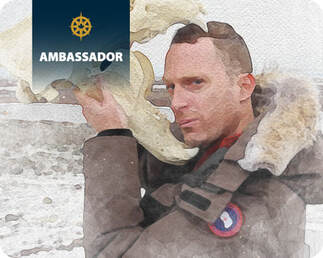 Wouldn't it be fun to go on a bucket list adventure with some of Canada's top photographers, explorers and travel journalists? Yes, it would. I'm delighted to become a Royal Canadian Geographic Travel Ambassador, continuing the great work of this illustrious society to promote the natural and cultural wonders of Canada. This means I'll be hosting select, exclusive trips that tick my own storytelling and adventure boxes, and belong on anyone's Canadian Bucket List as well. Working with fantastic companies and brilliant guides, I'll be enhancing your experience with stories, advice, support, a bucket list presentation, and the knowledge you're indeed enjoying a once-in-a-lifetime adventure. August 23 - 30, 2022: Prince Edward Islands Culinary Delights by Bike Cycling across PEI is pure bucket list: incredible scenery, spectacular coastline, literary and Indigenous history, and the best seafood on the planet. Foodies and adventurer's rejoice! This amazing itinerary combines it all together, as our bags are shuttled ahead to lovely inns and lodges, and our carefully curated itinerary delivers the best experiences on the island. The terrain is mostly flat, and you can even choose to do this week-long trip on an e-bike. I've been working with Ottawa-based Great Canadian Trails for years, and they've perfected the art of a quality, bucket list outdoor Canadian experience. It's going to a blast, culminating with a stay, farm tour and feast at rockstar Chef Micheal Smith's countryside inn. Click here for information, and bring an appetite! August 24 - 30 / August 31 - September 4, 2023: Discovering Banff by Horseback Discovering one of the world's most spectacular alpine landscapes on a 6-day horse ride, staying in luxury yet rustic backcountry lodges, sharing wild stories with fine wine by the crackling fireplace, SIGN ME UP! They did, which is why I'll be hosting two trips in partnership with the fantastic Banff Trail Riders. We'll be riding along a historic pack trail and up Allenby Pass, crossing jagged rock formations and hitting altitudes above 8000 feet. Mountain air, bubbling rivers, wildflowers, soaring peaks, and a great chance t encounter wildlife along the way. Let's tick this one off the bucket list together. Click here for more information and giddy up! Can Geo Adventures are working with fantastic tour operators and other fine Travel Ambassadors to showcase the very best adventures across the country. Check them out, and I hope to see you on the road! |
Greetings.
Please come in. Mahalo for removing your shoes. After many years running a behemoth of a blog called Modern Gonzo, I've decided to a: publish a book or eight, and b: make my stories more digestible, relevant, and deserving of your battered attention. Here you will find some of my adventures to over 100 countries, travel tips and advice, rantings, ravings, commentary, observations and ongoing adventures. Previously...
July 2024
Categories
All
|

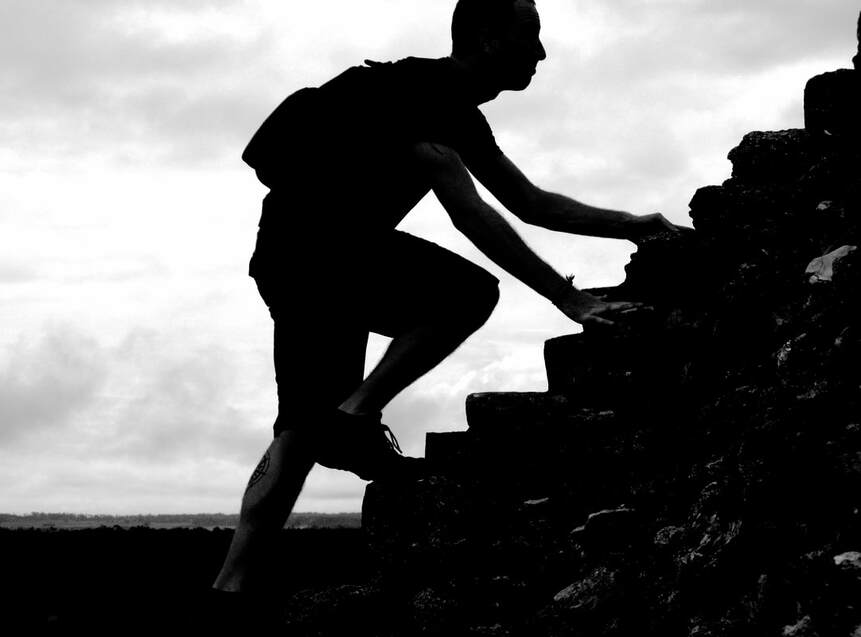
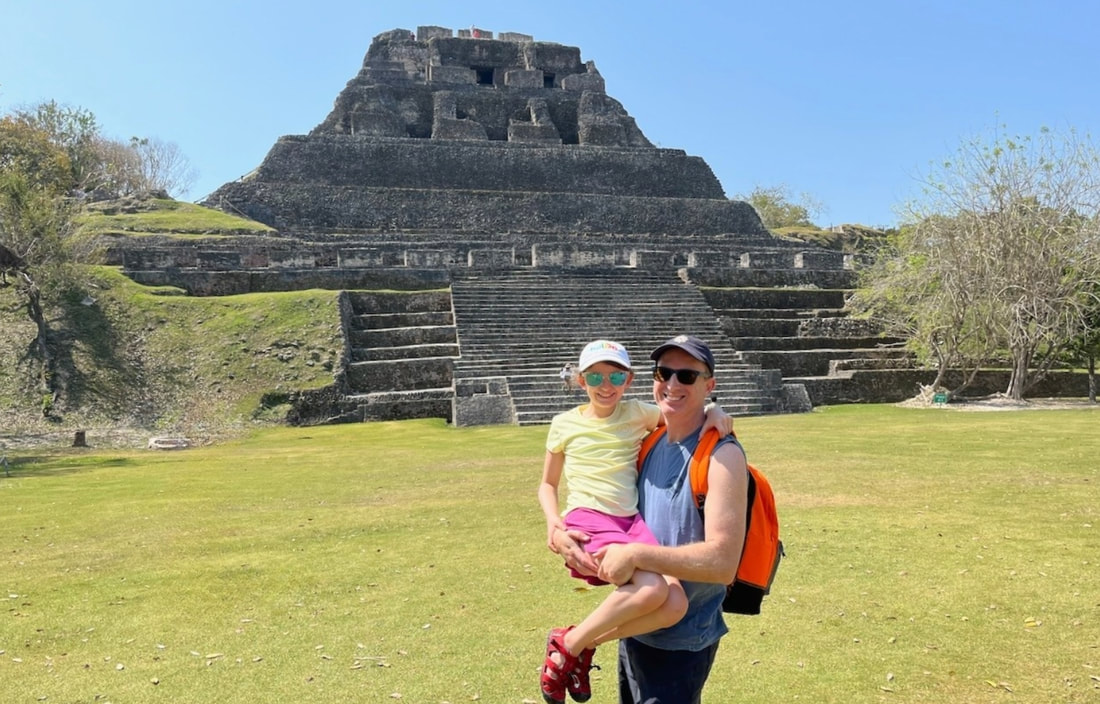
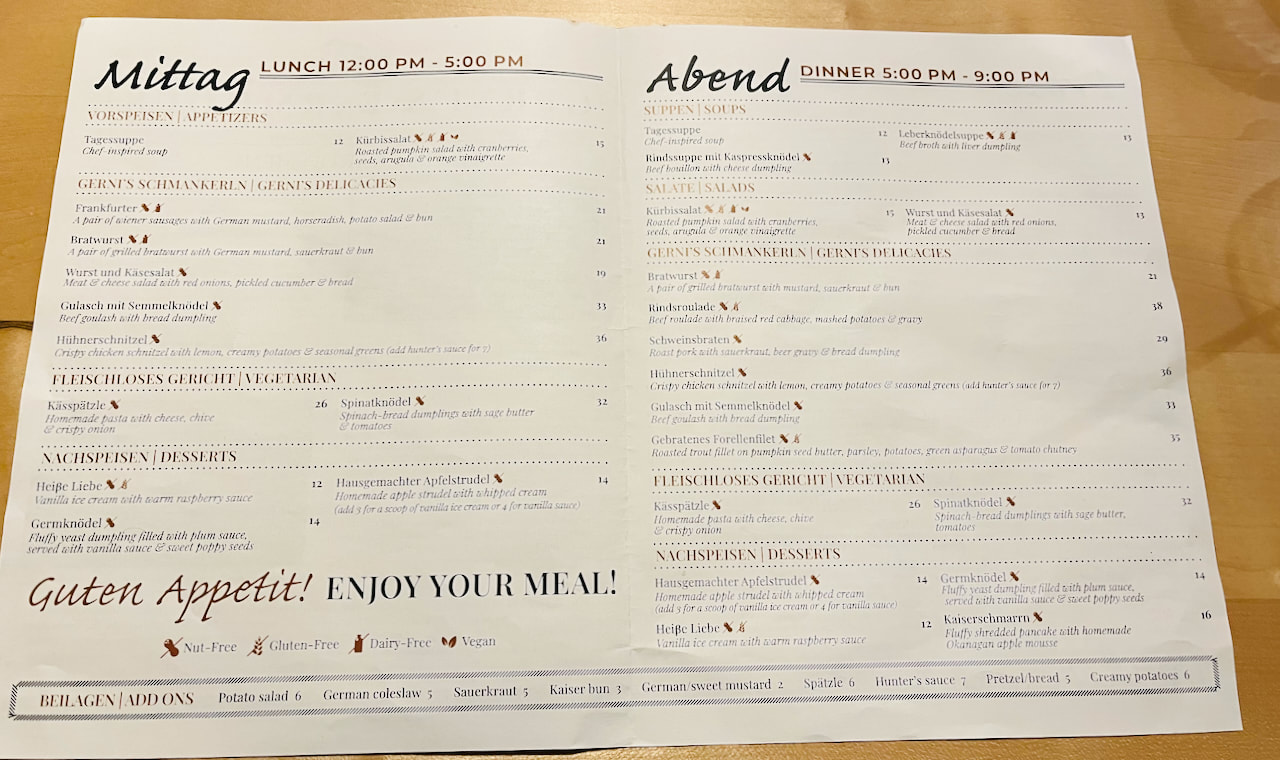
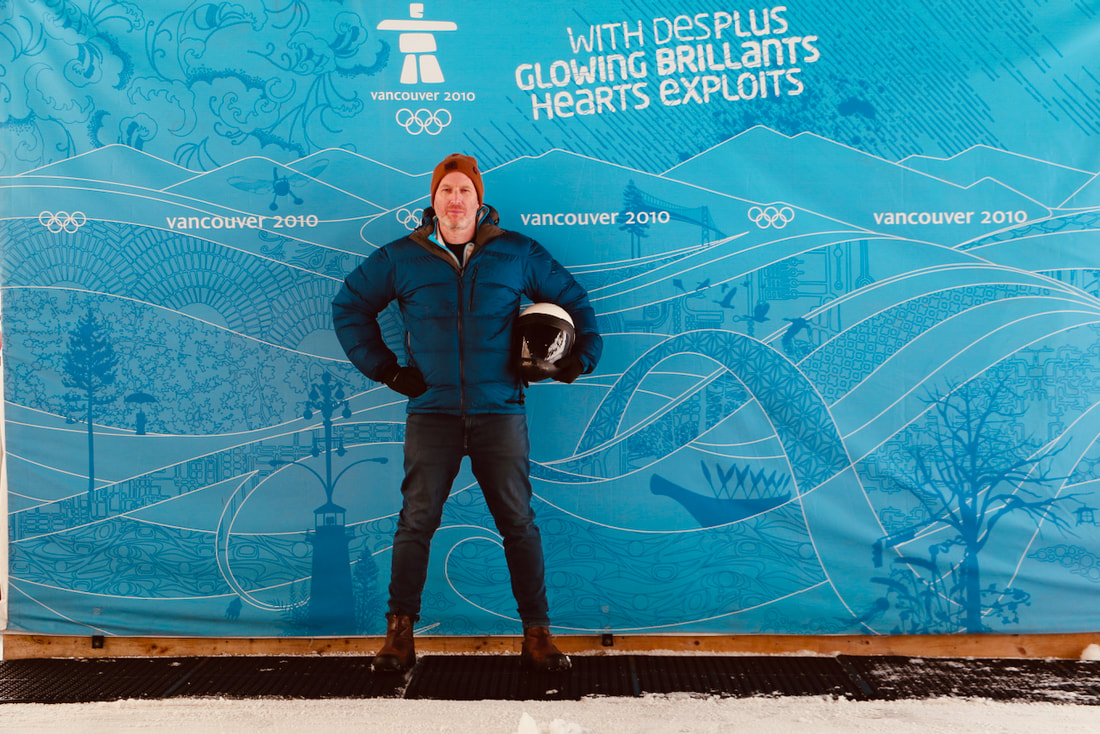

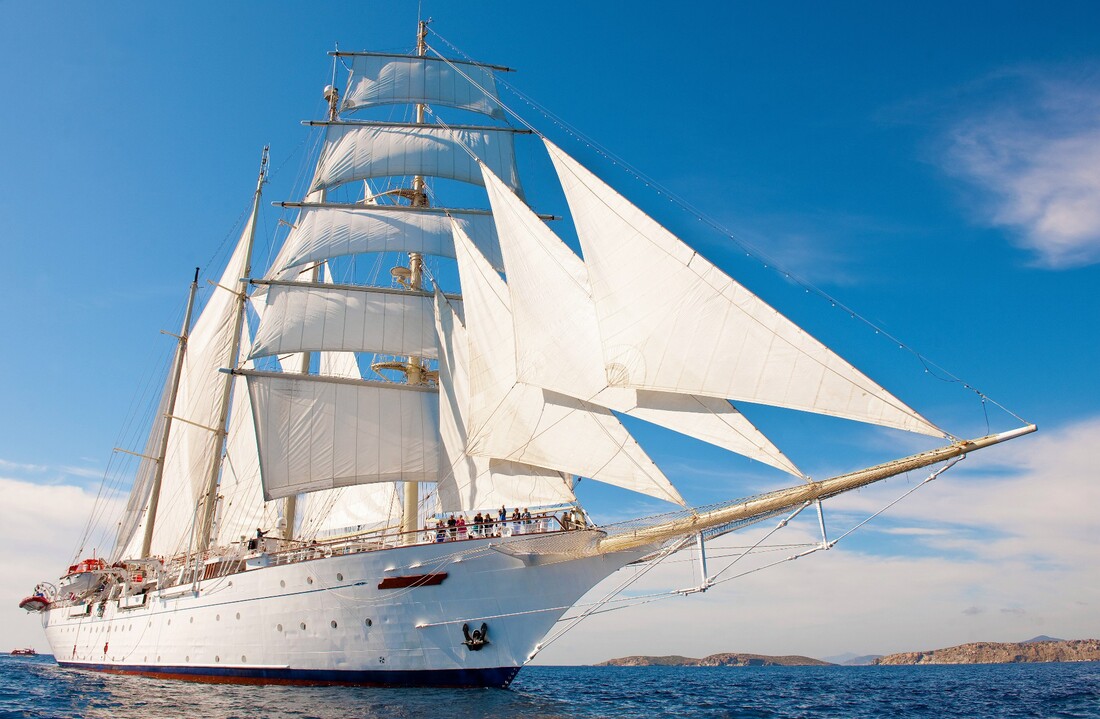
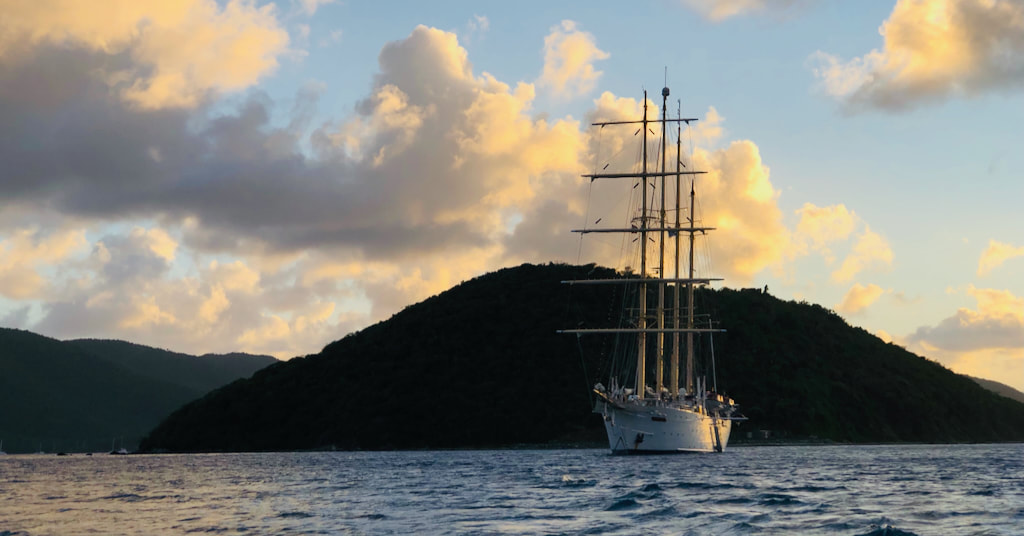
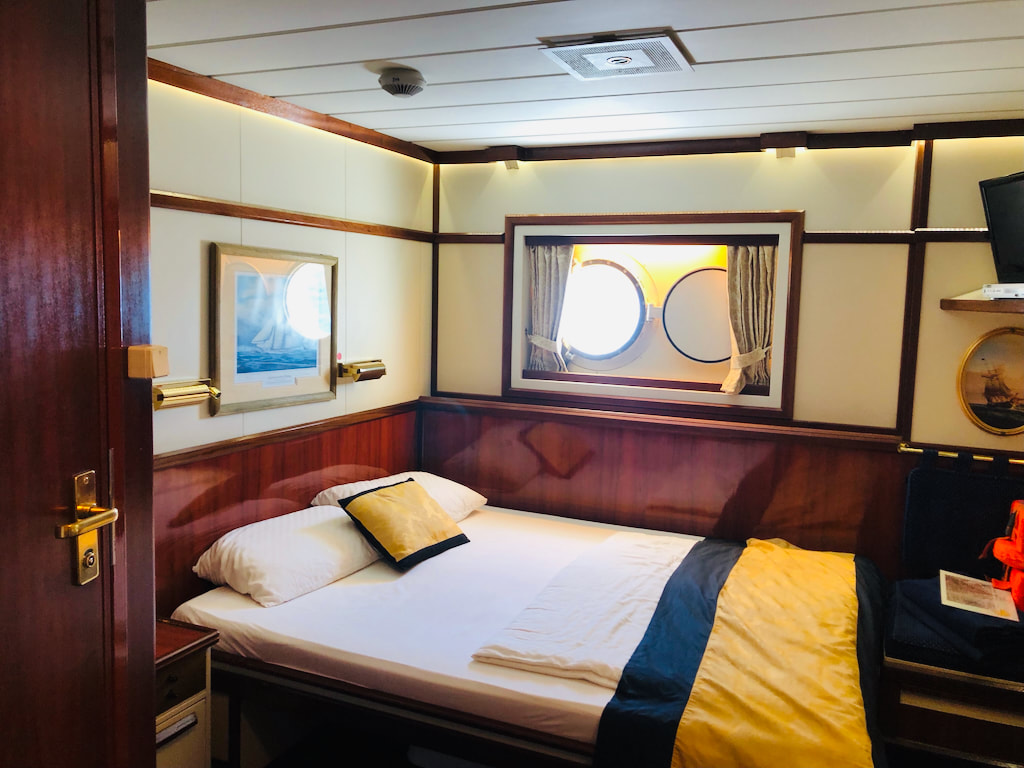
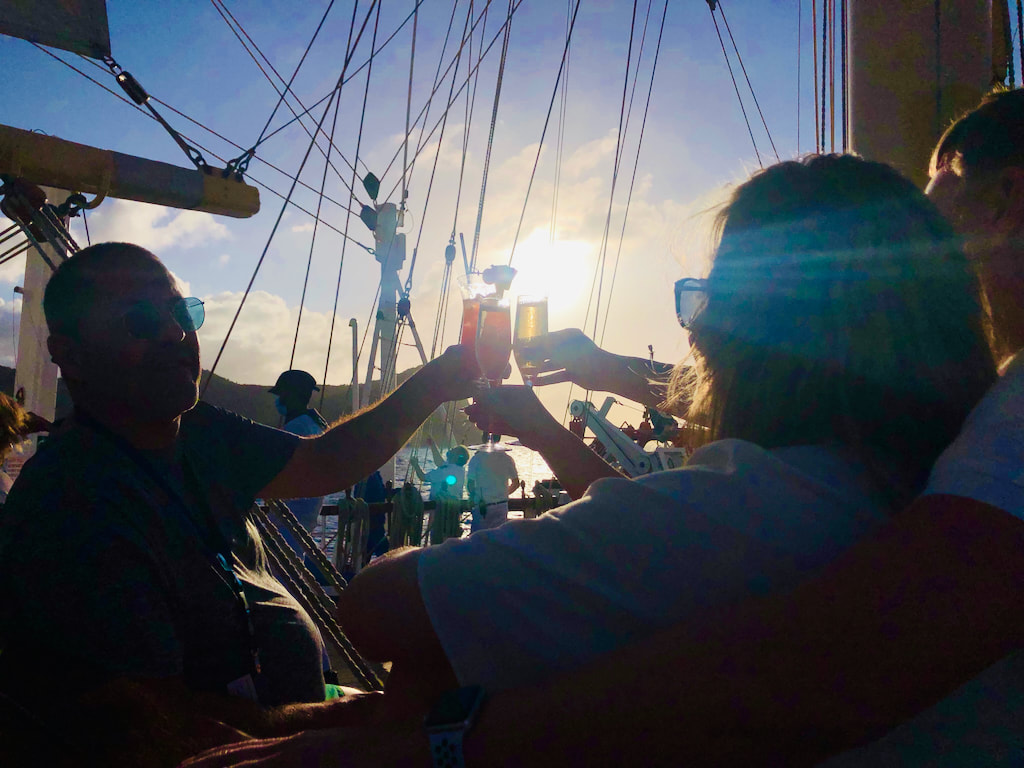
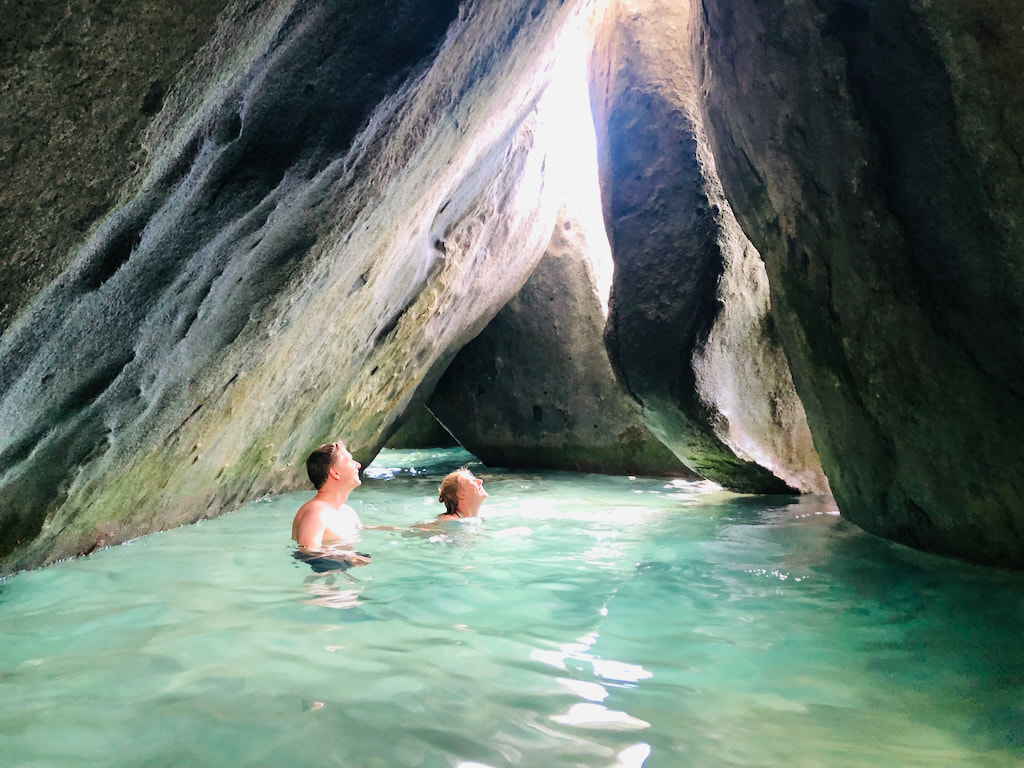
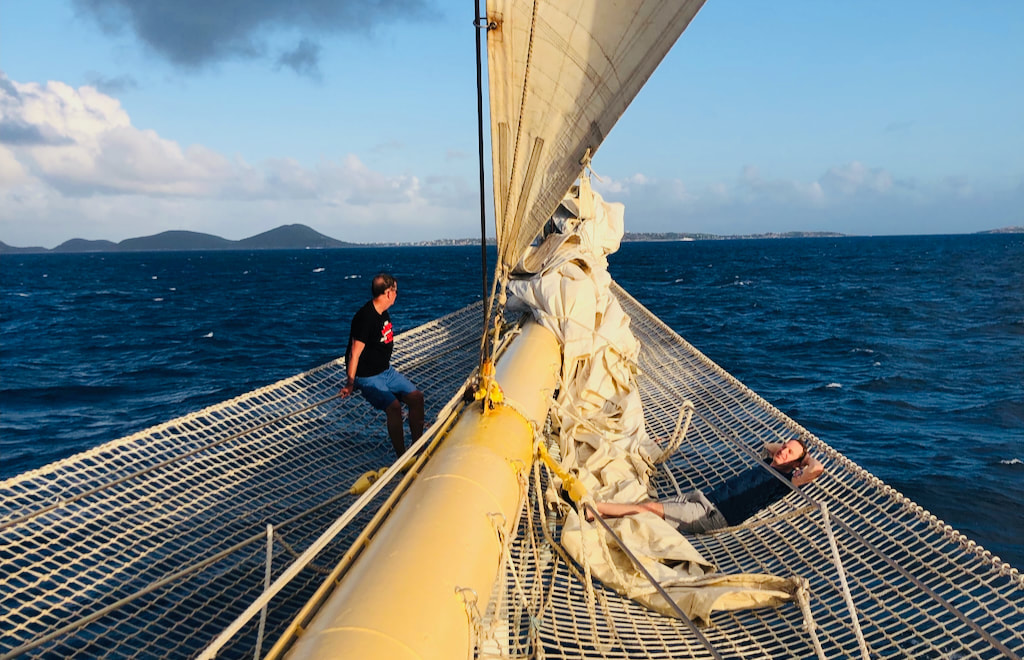
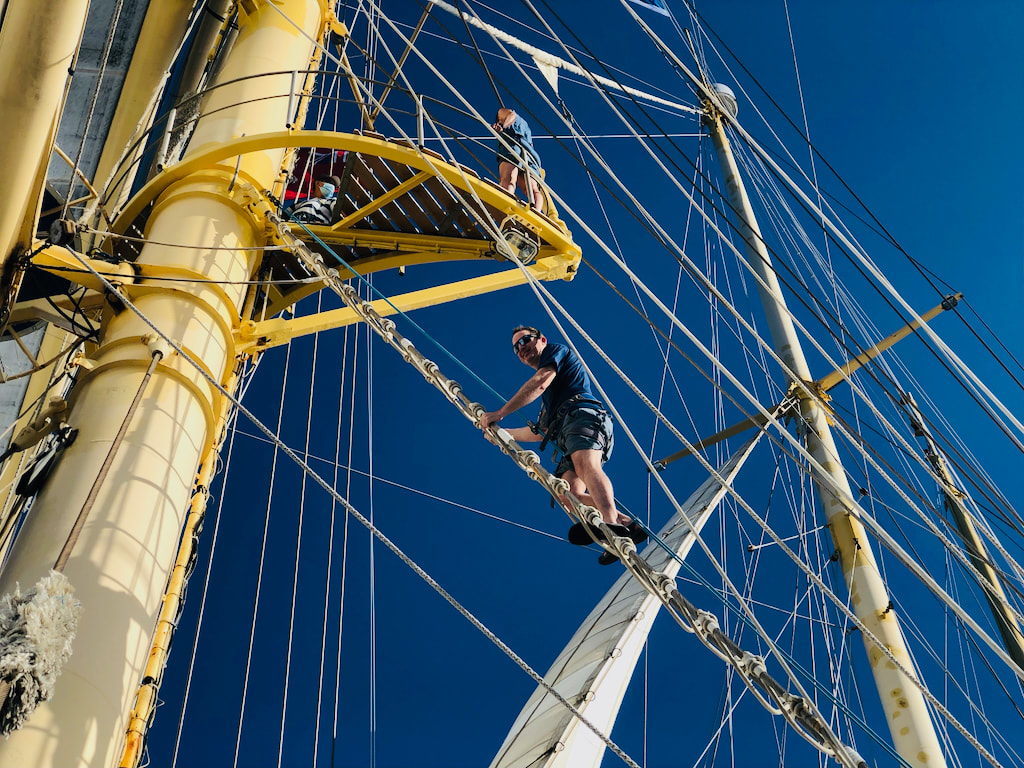
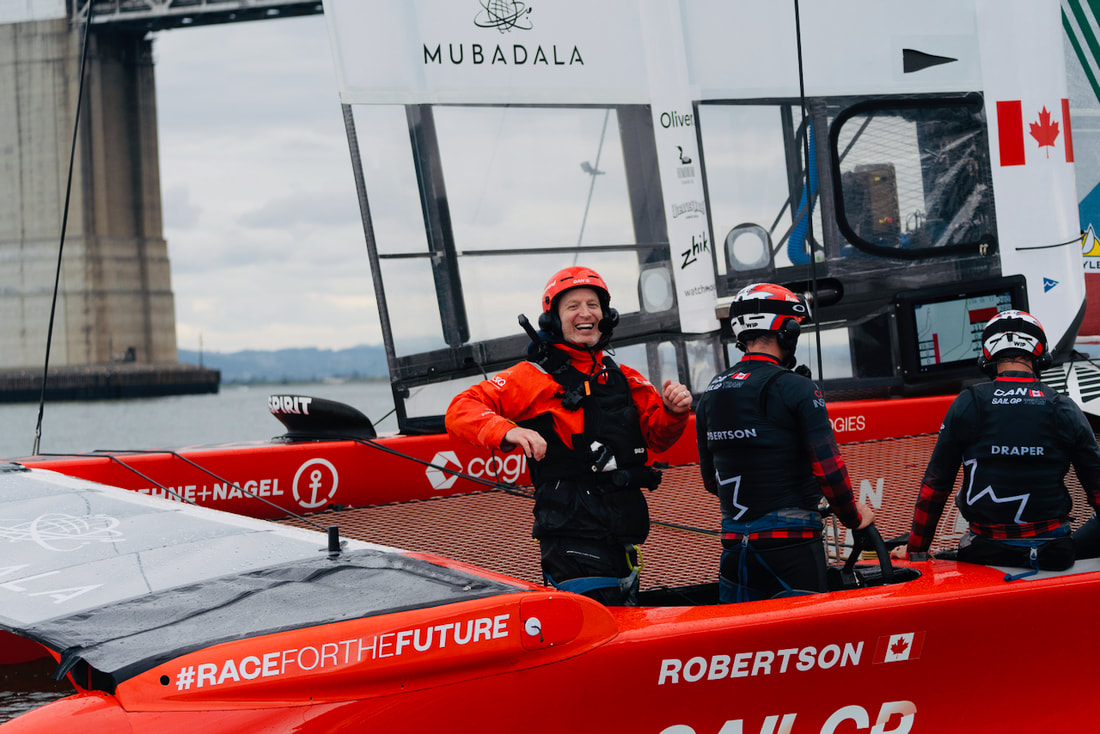
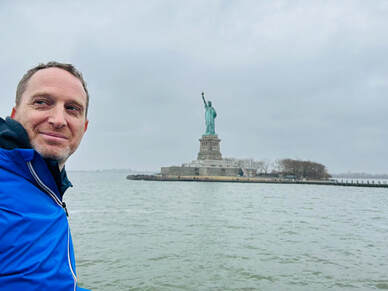
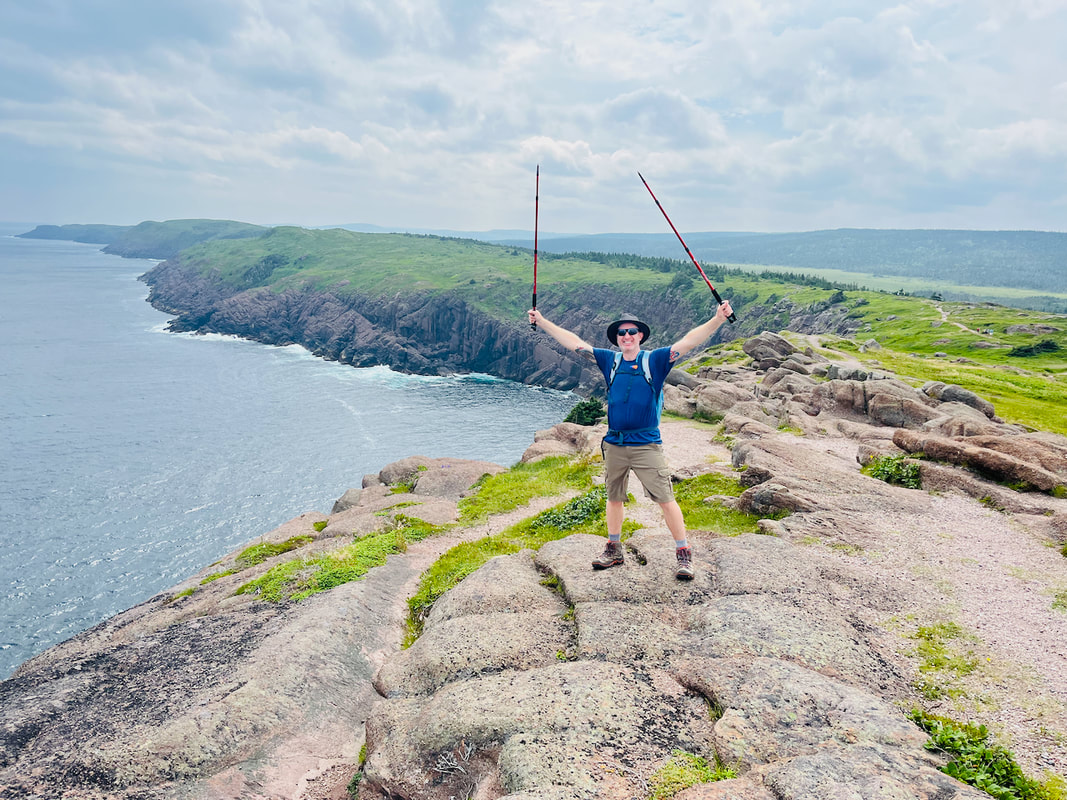
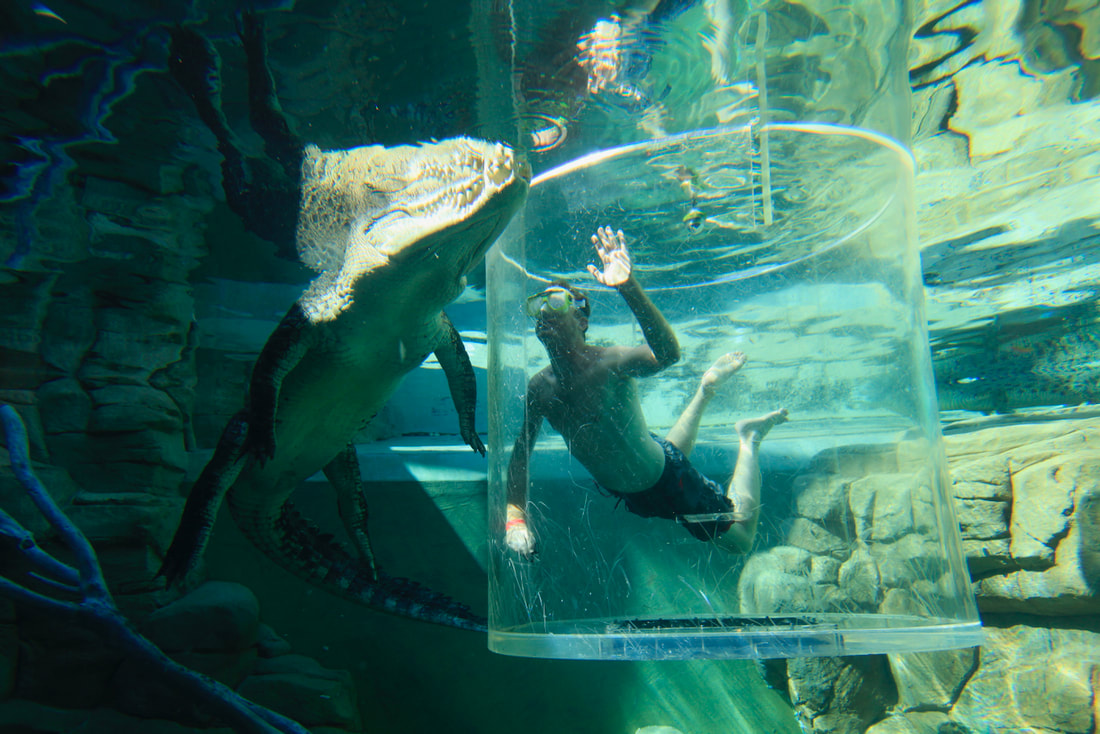
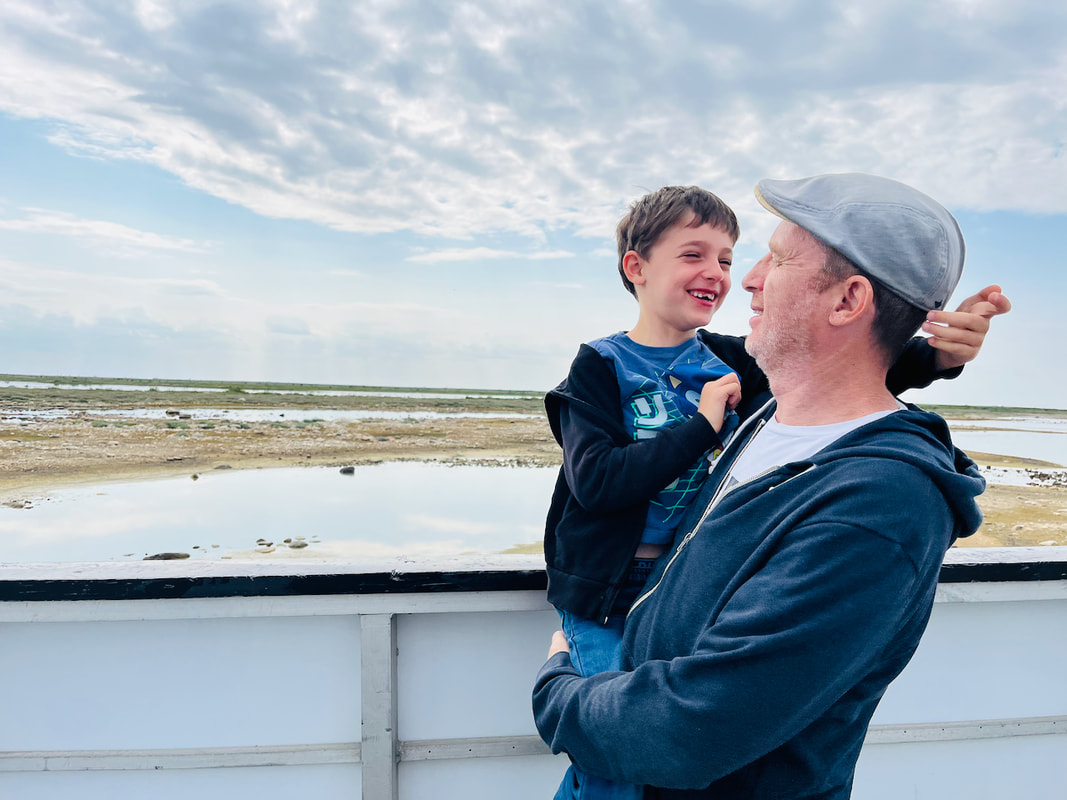

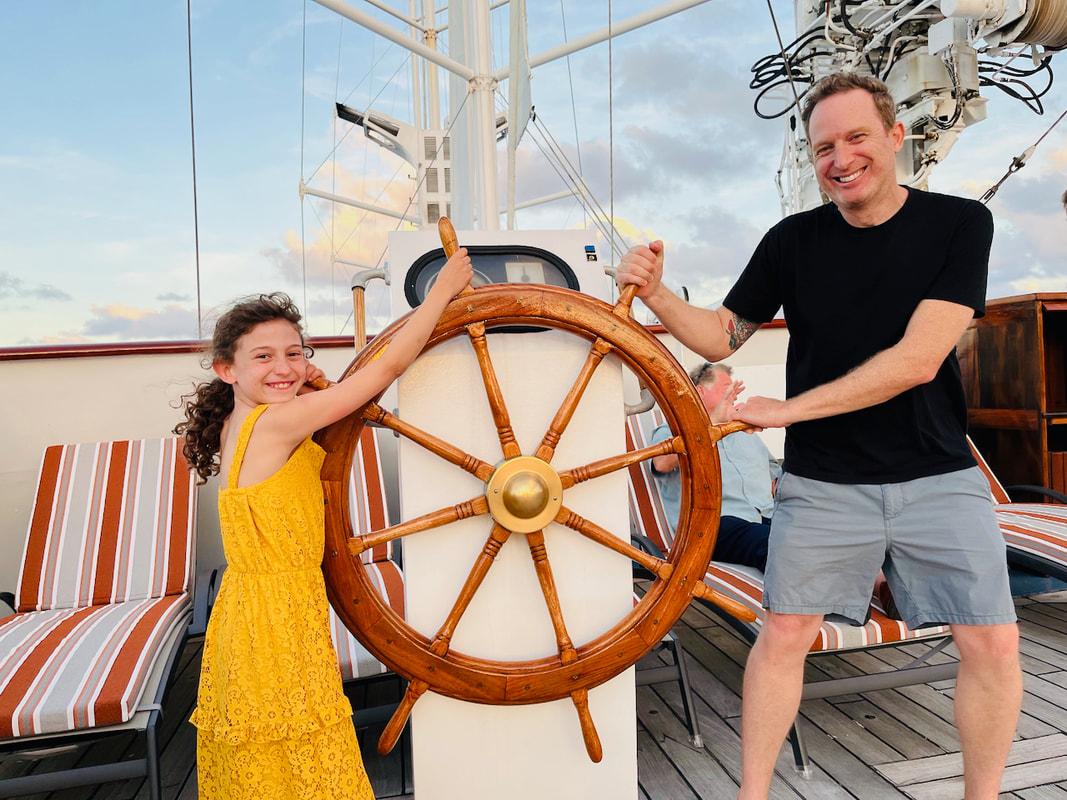
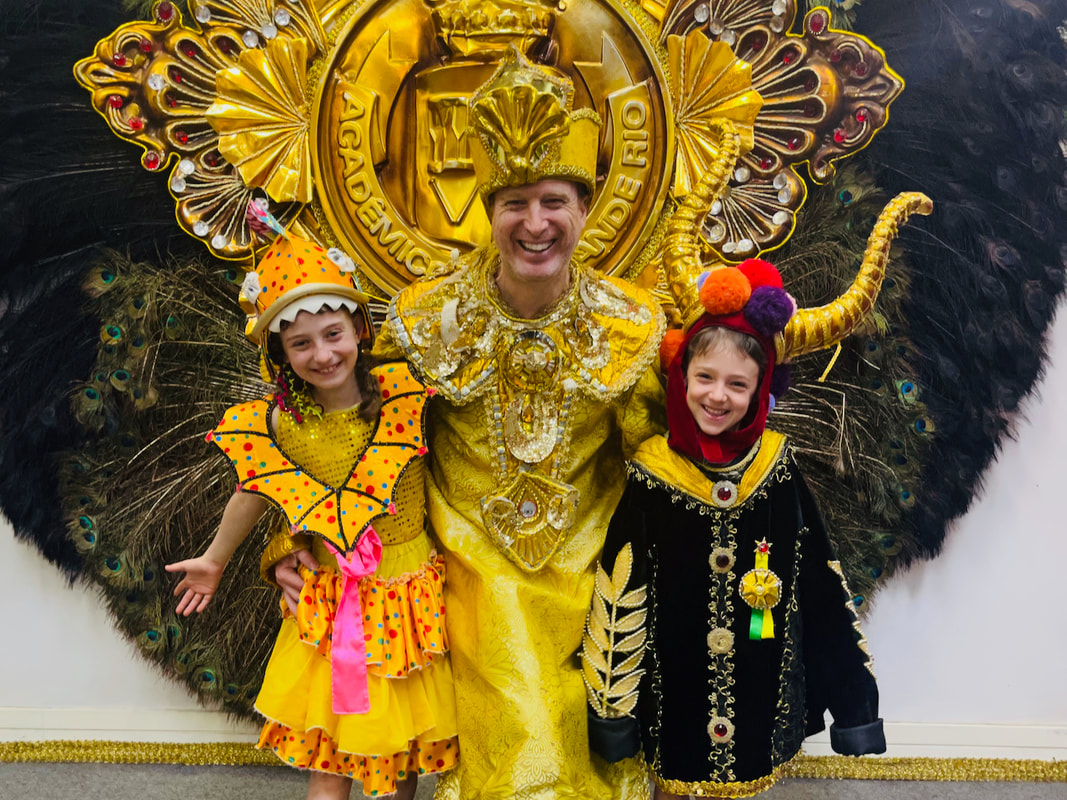

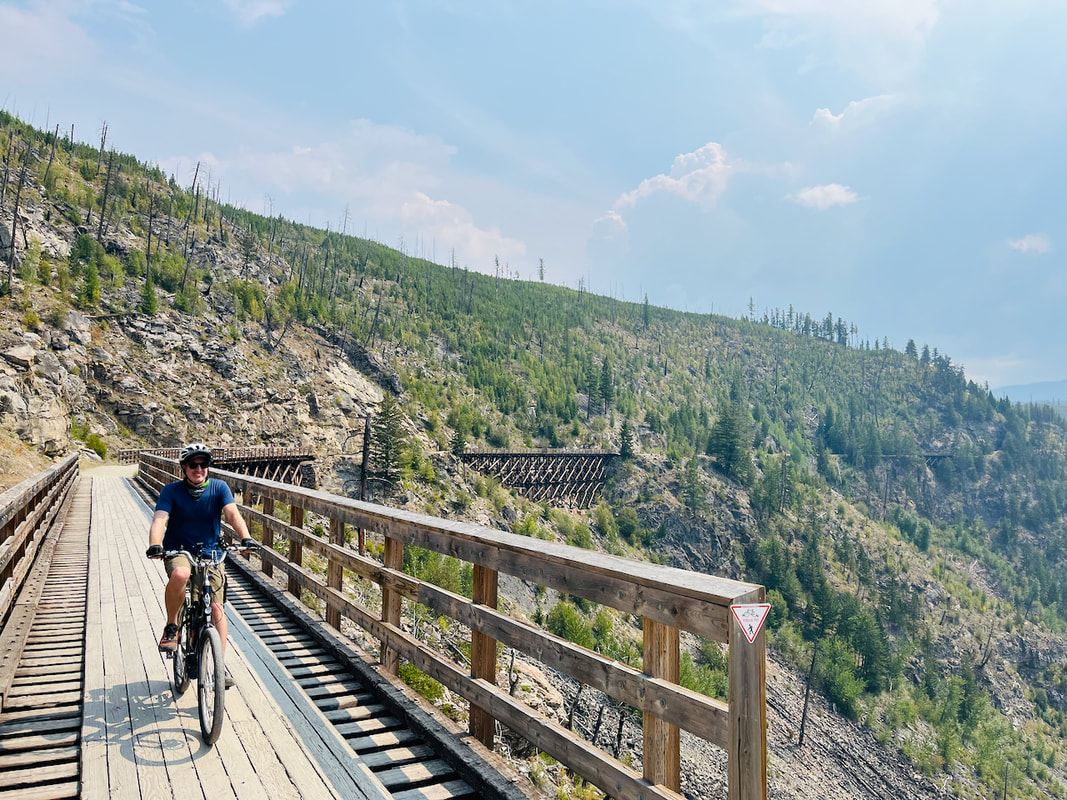

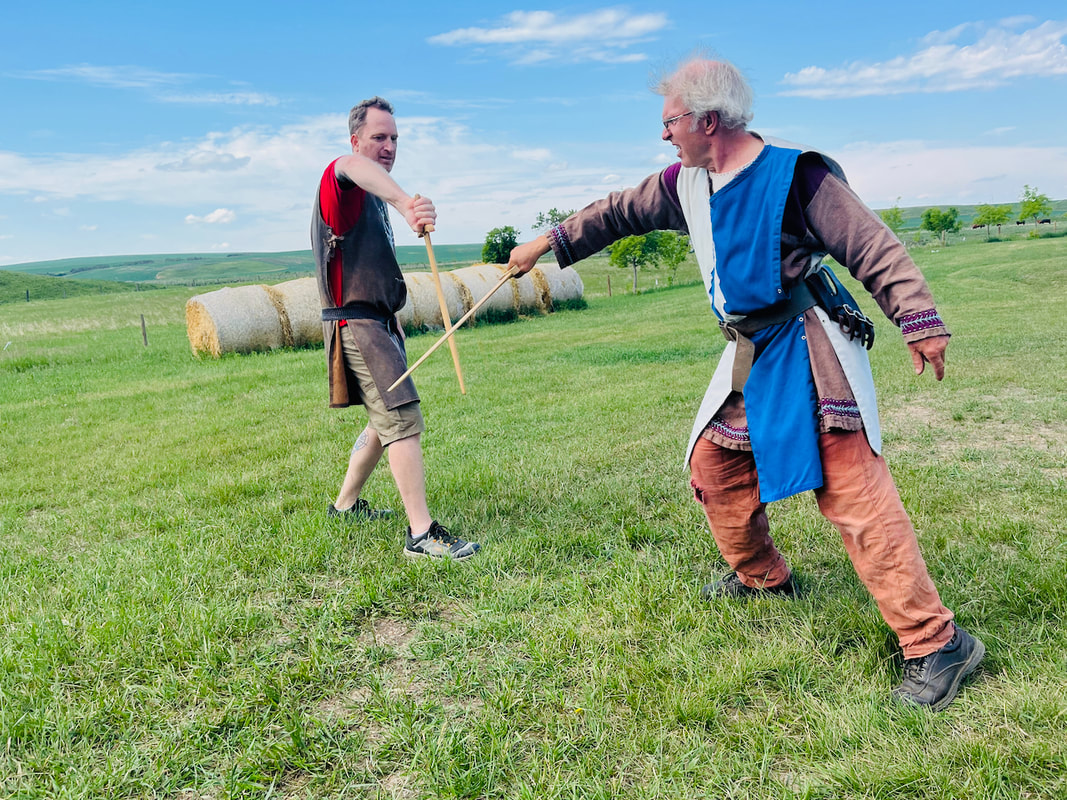
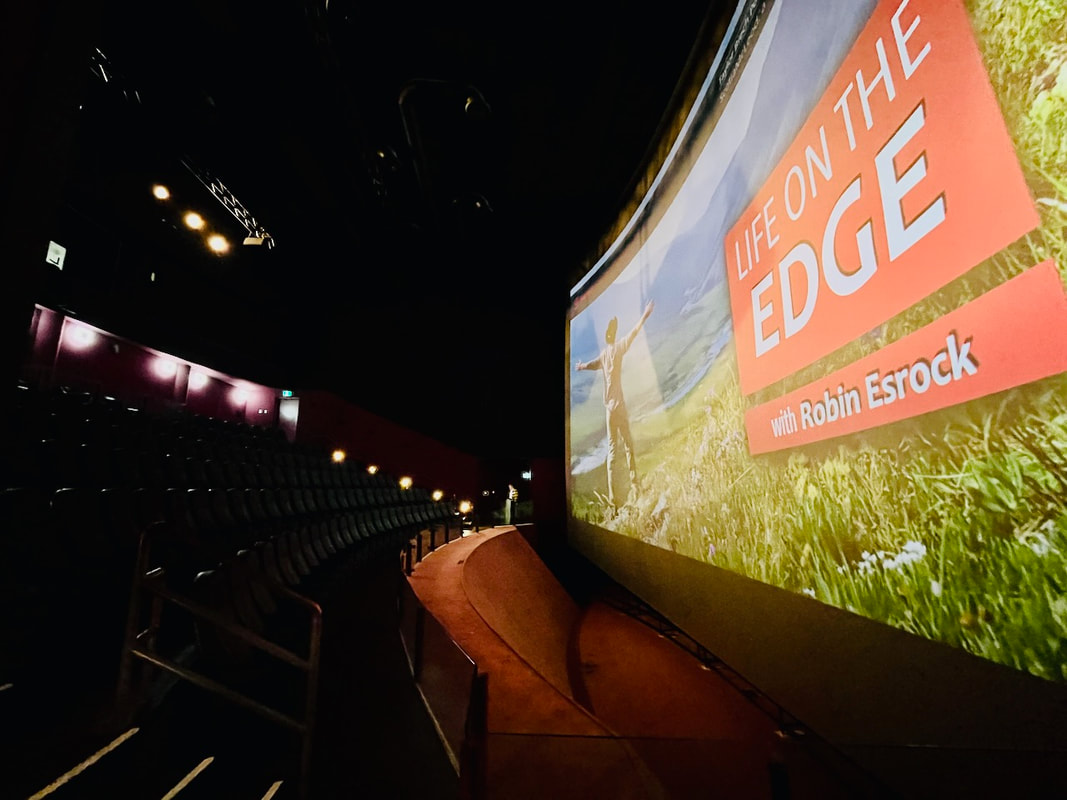
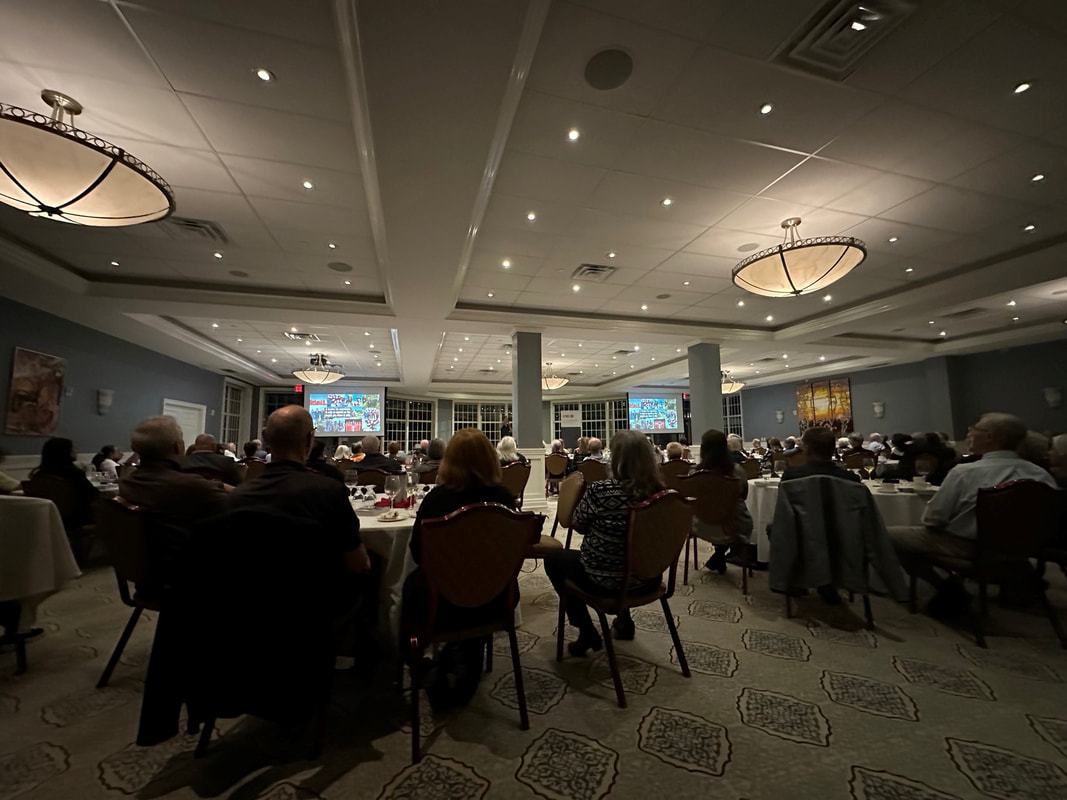
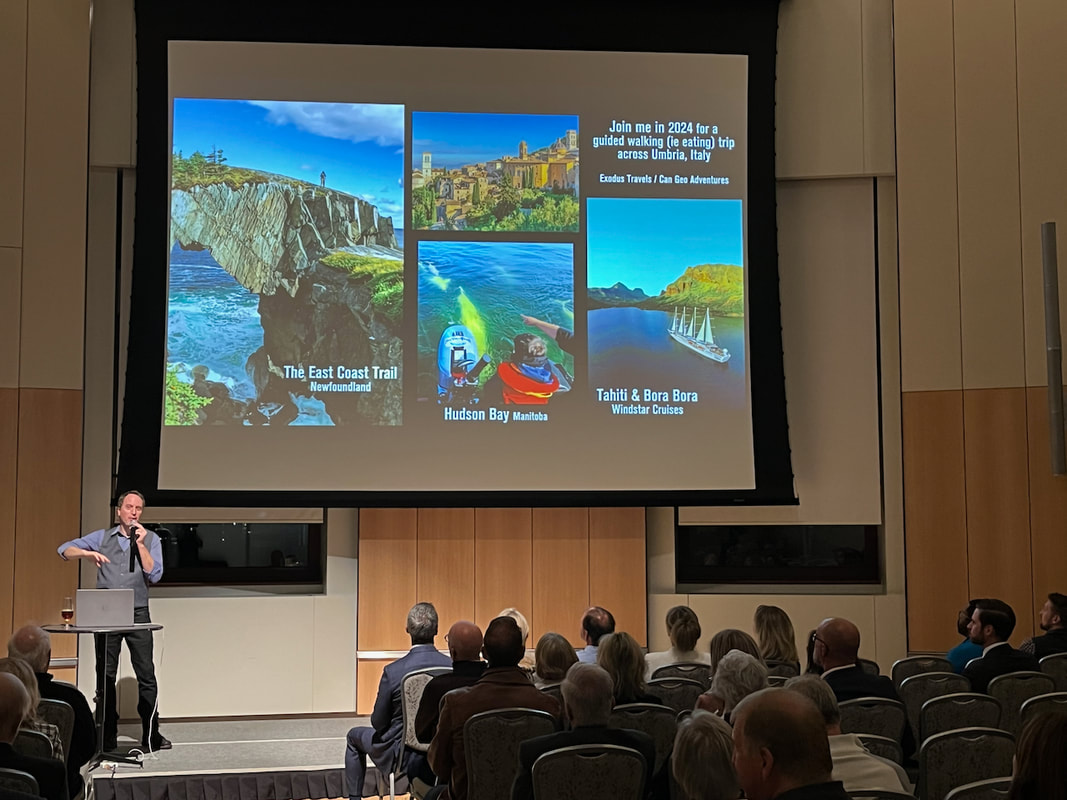
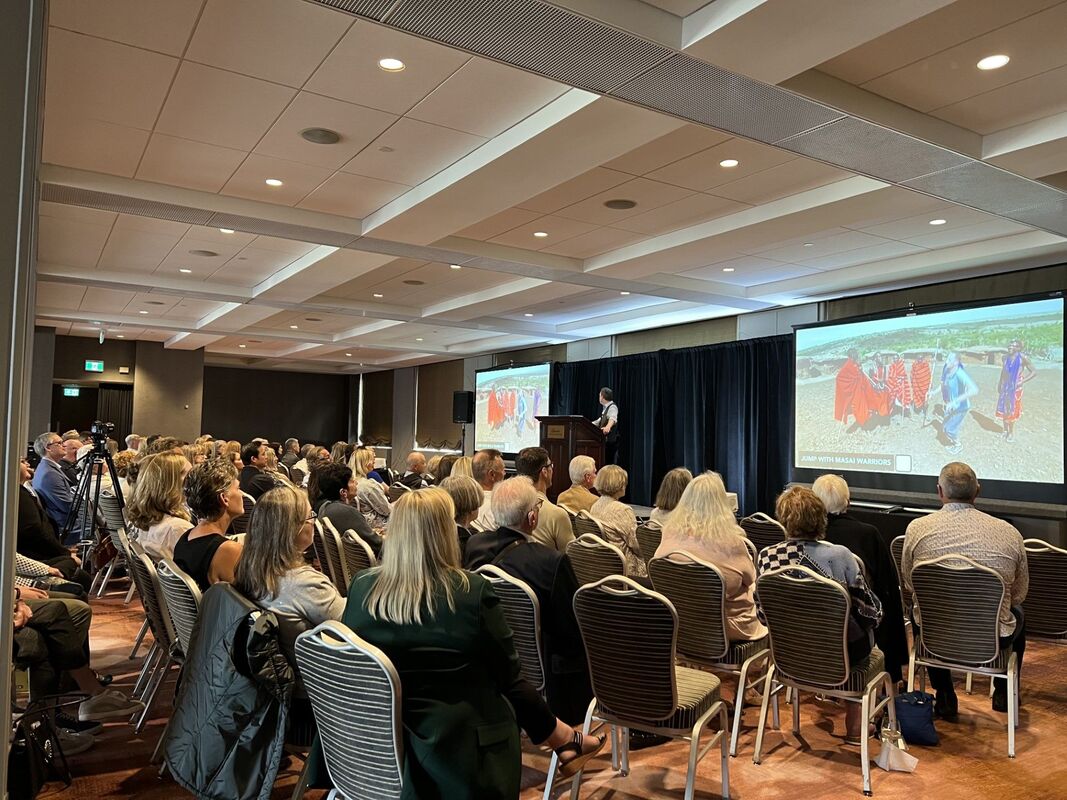
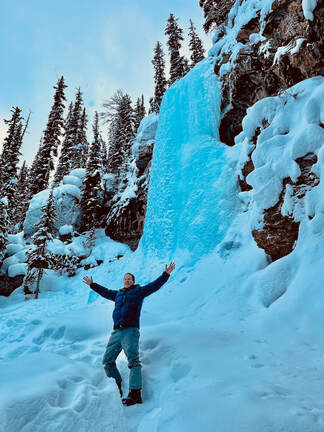
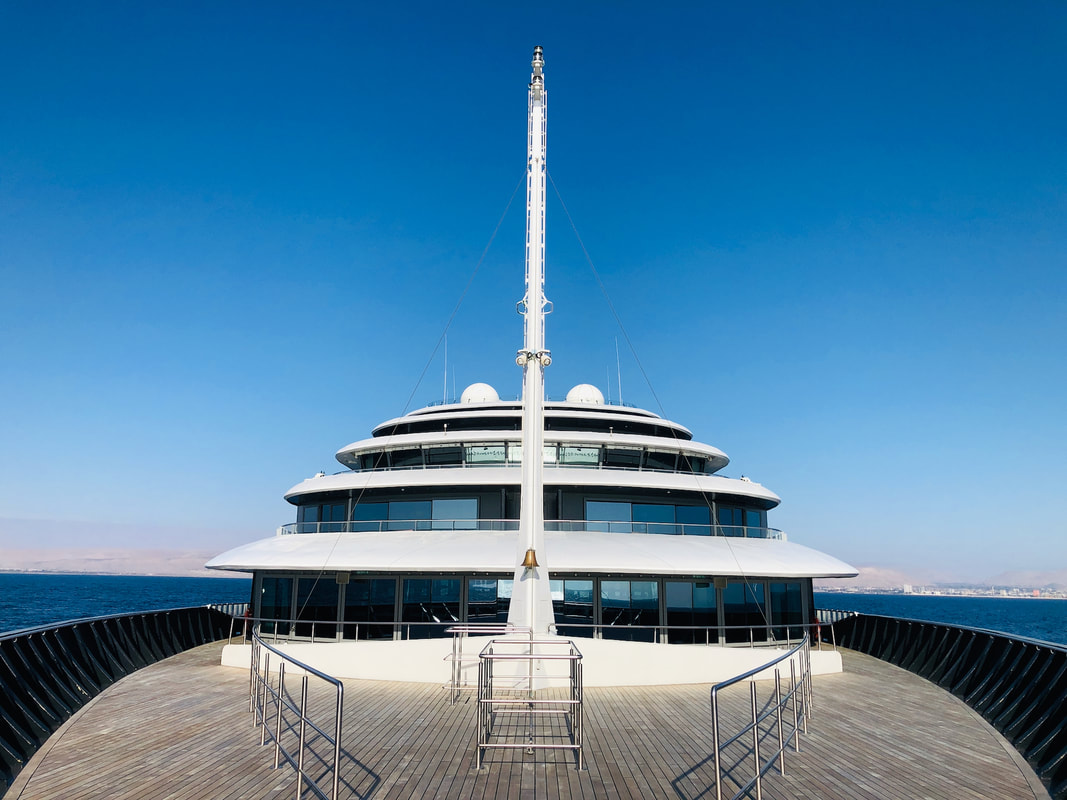
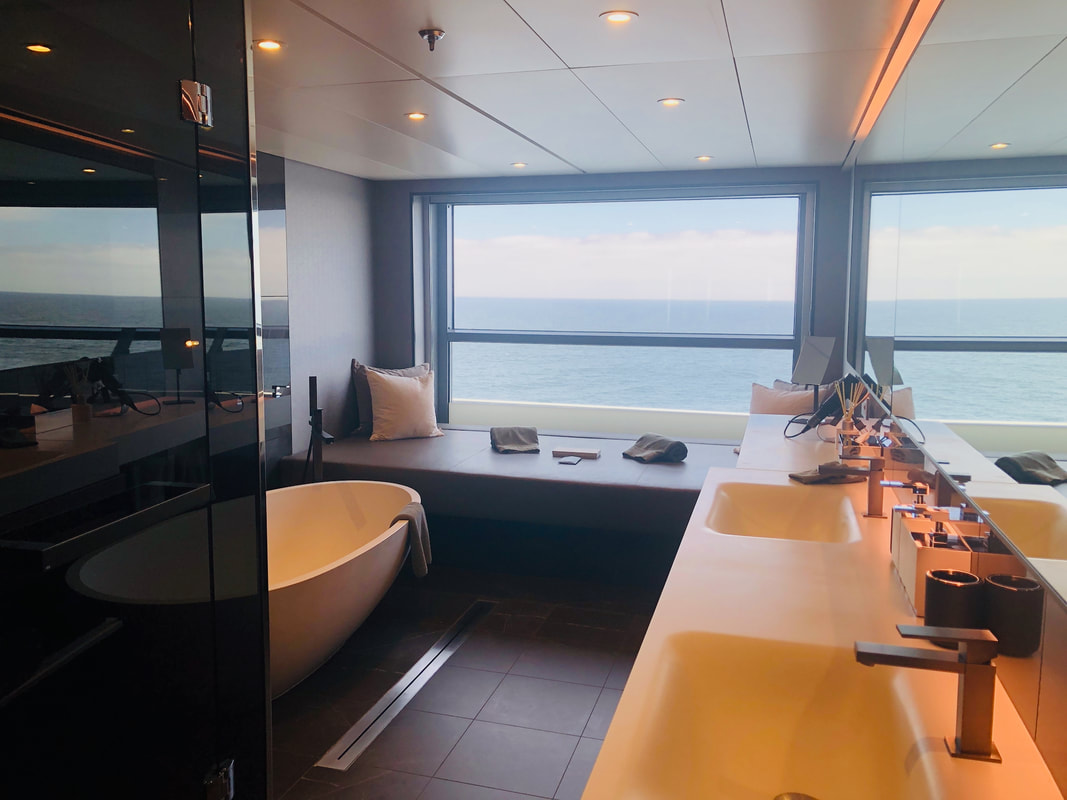
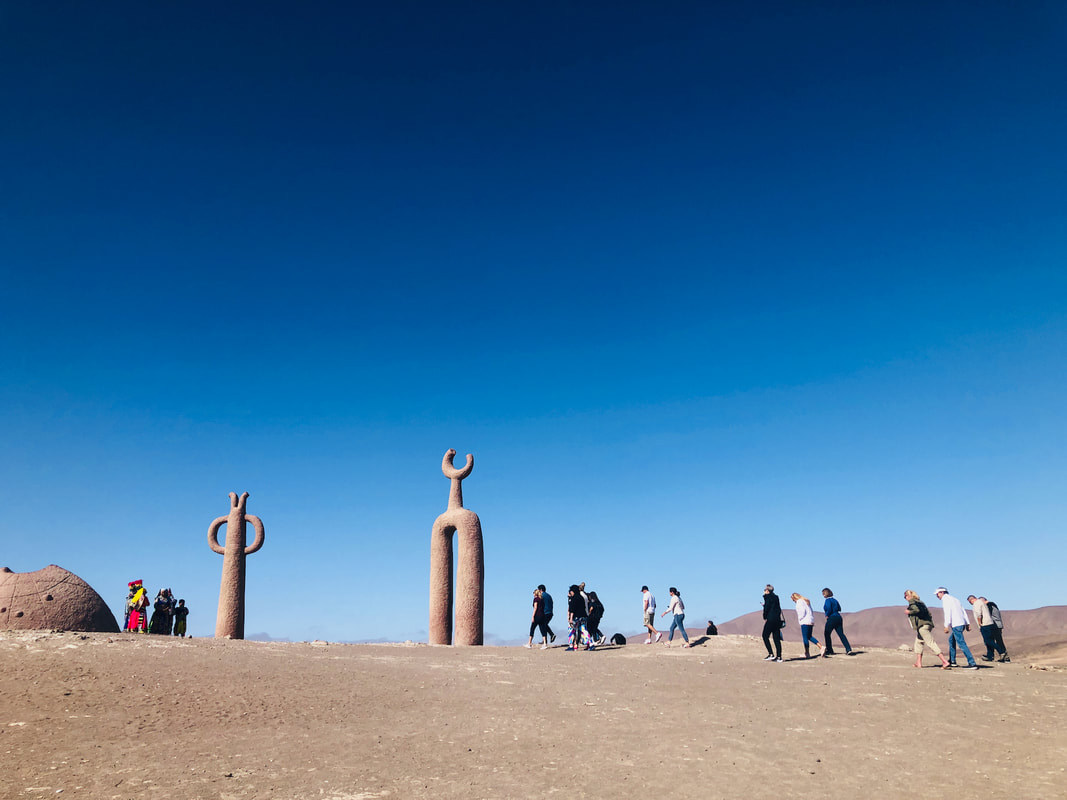
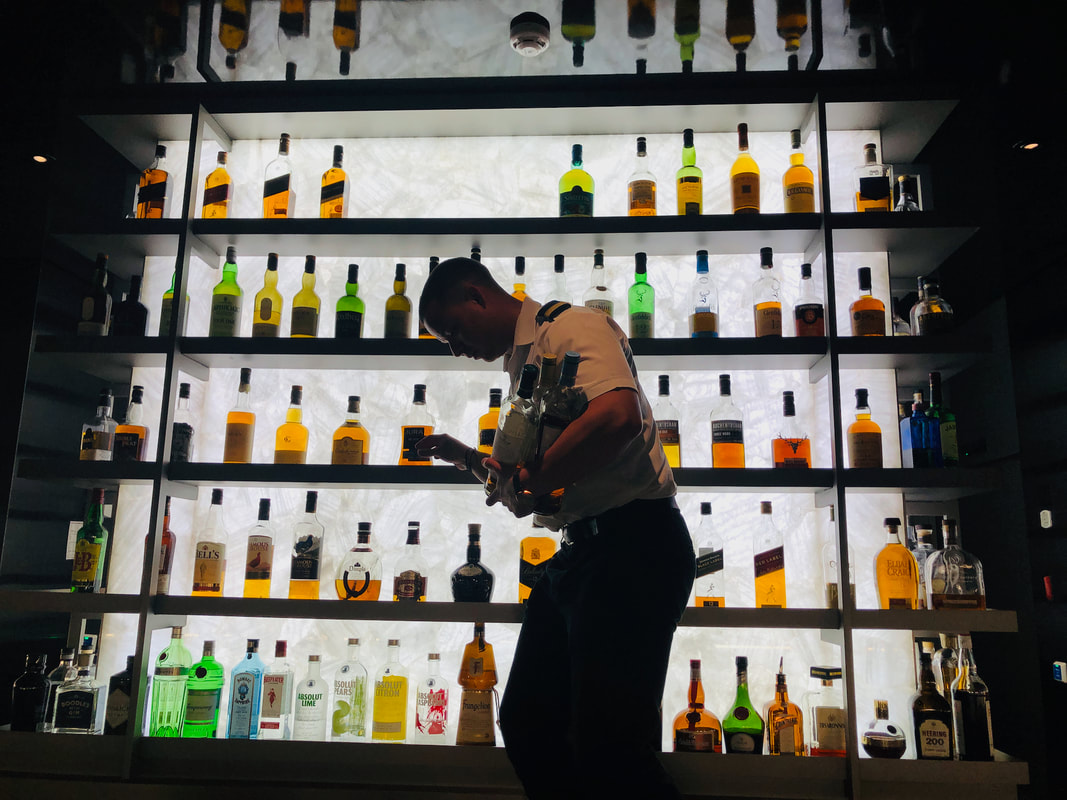
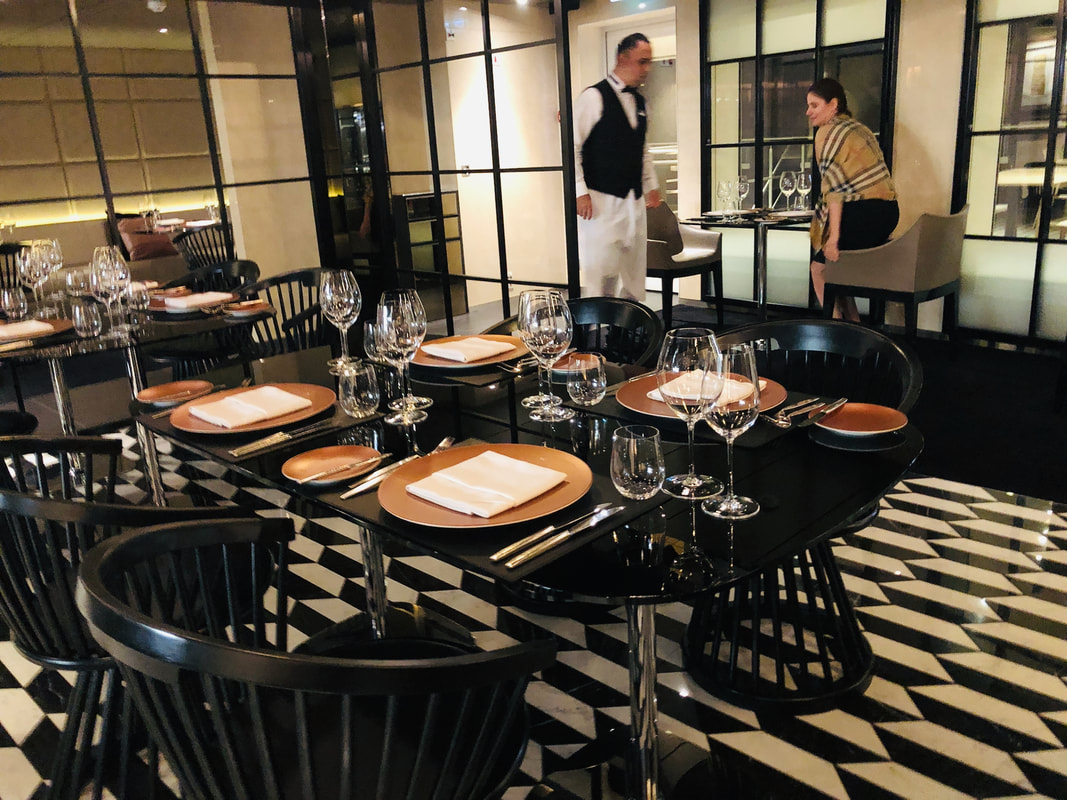
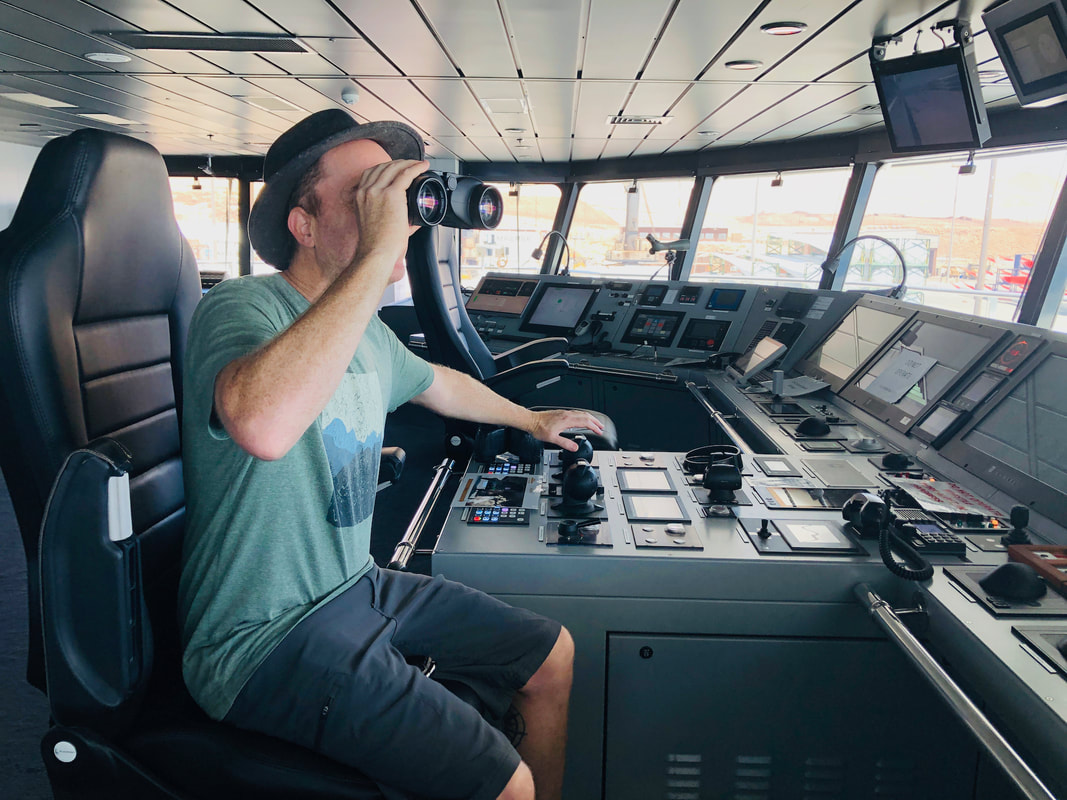
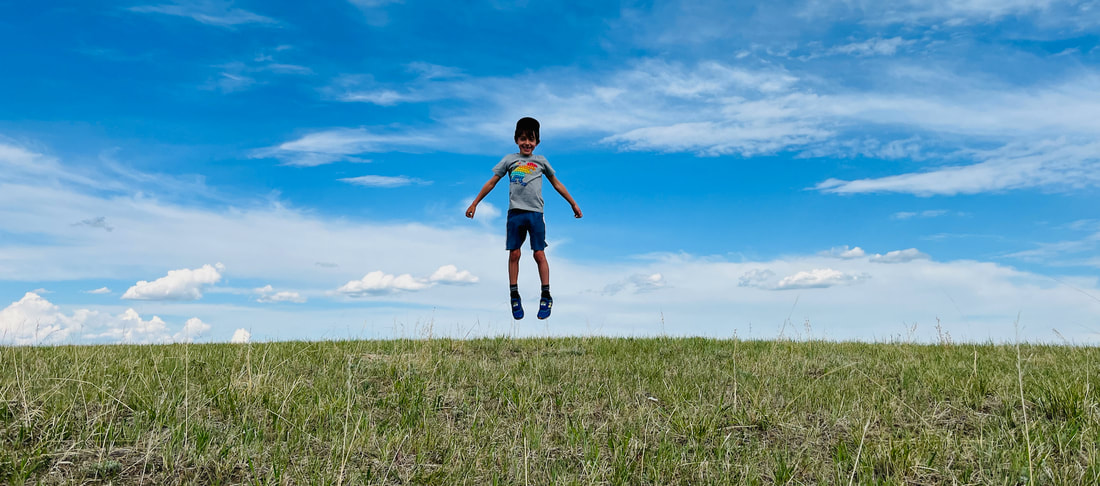
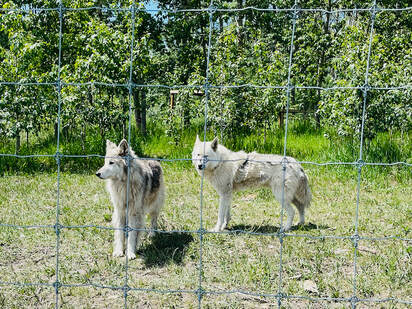
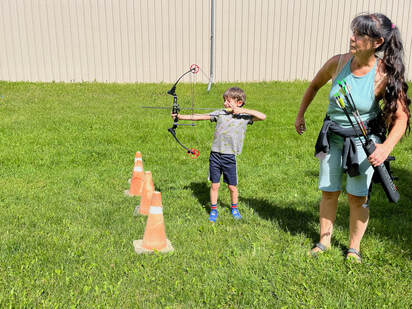
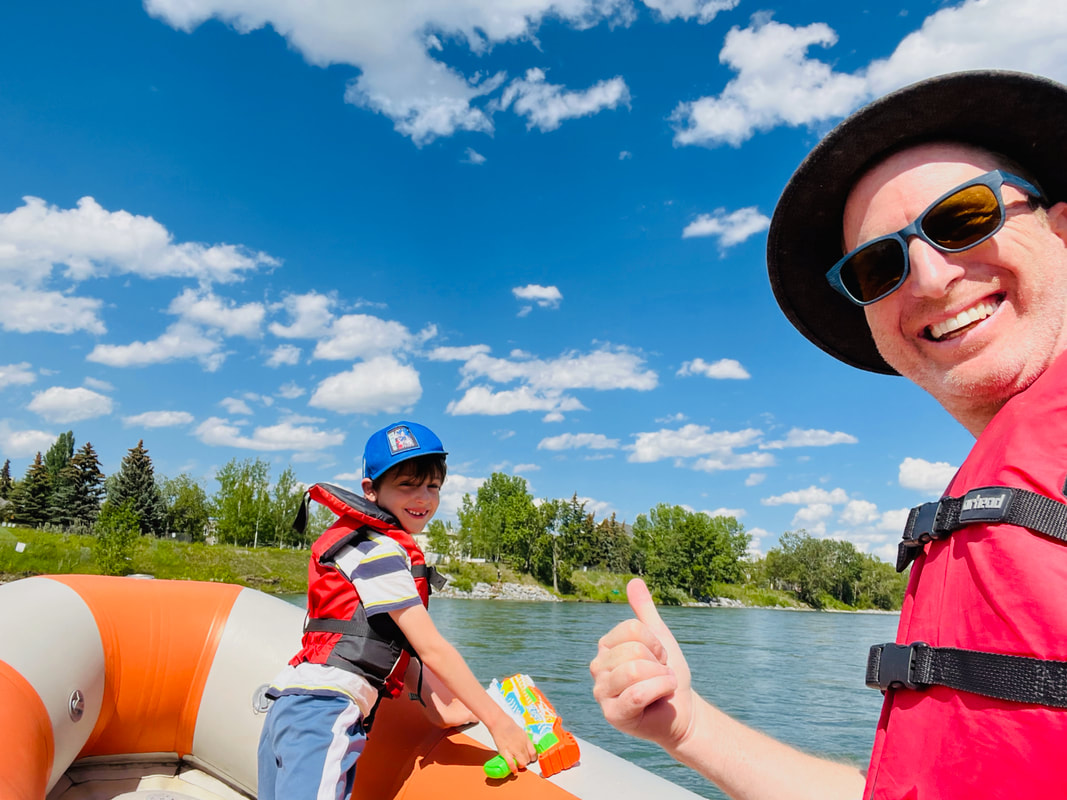

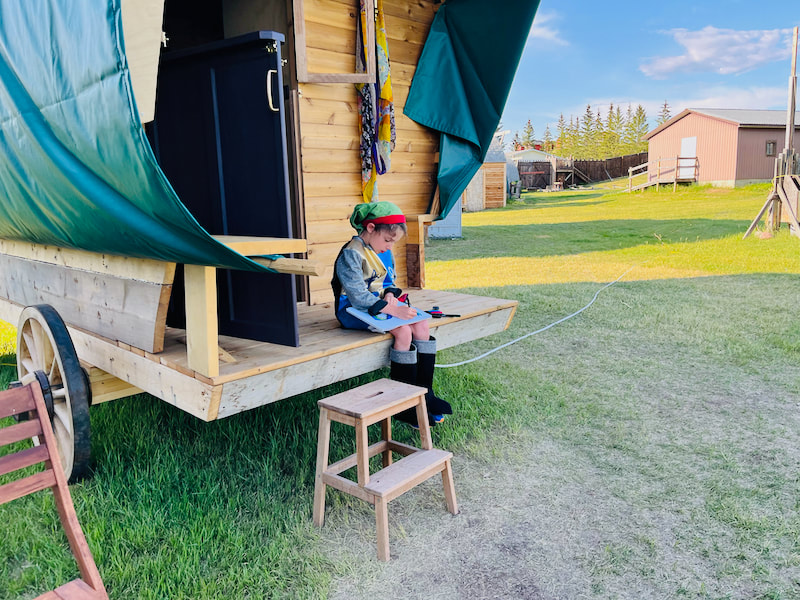
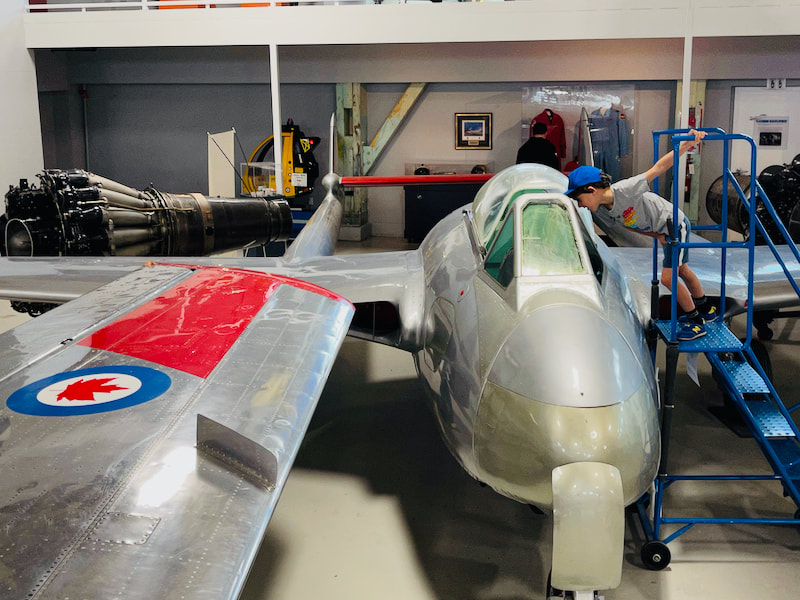
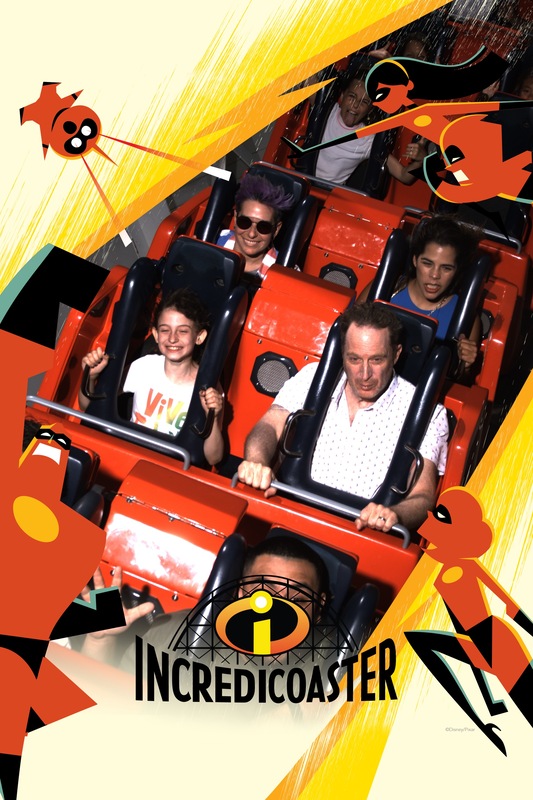

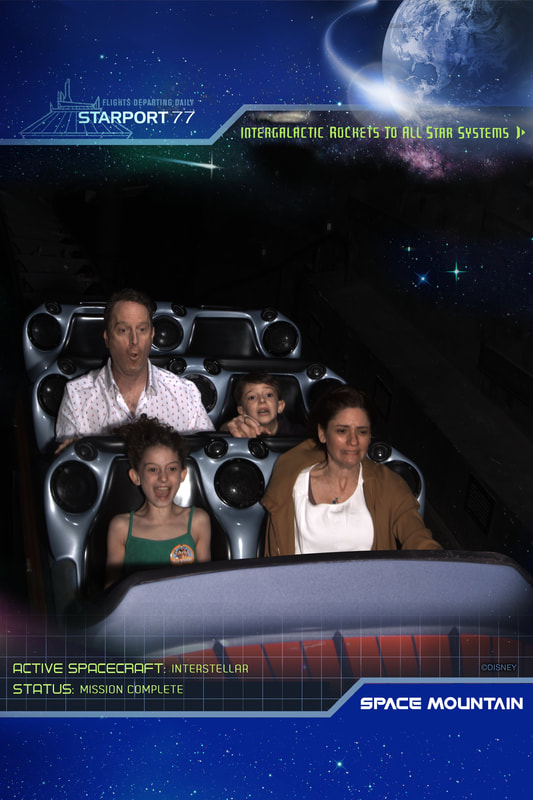
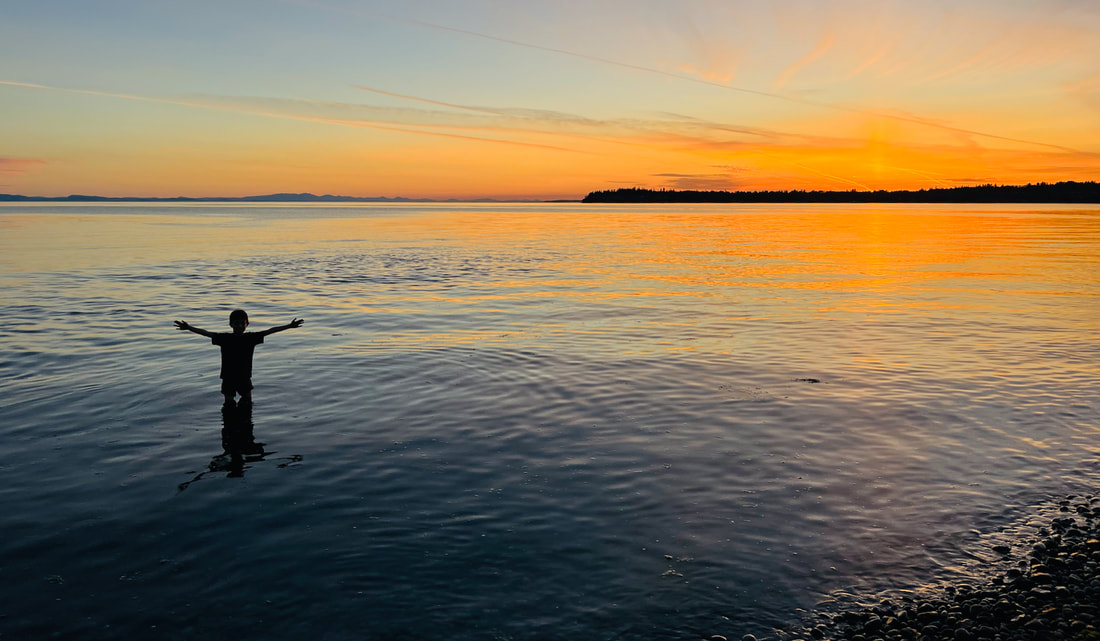
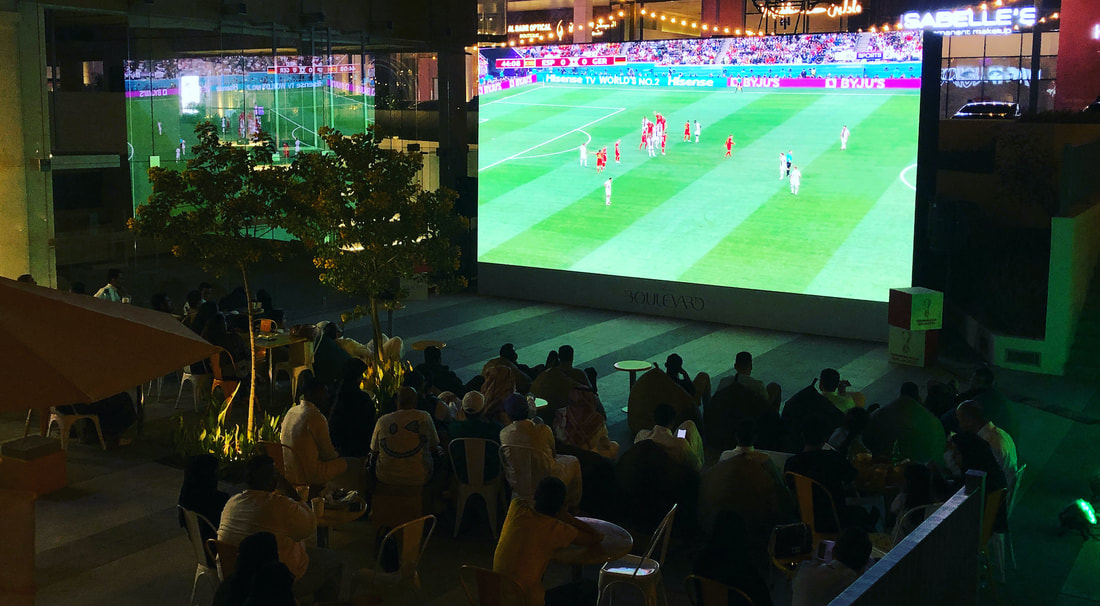
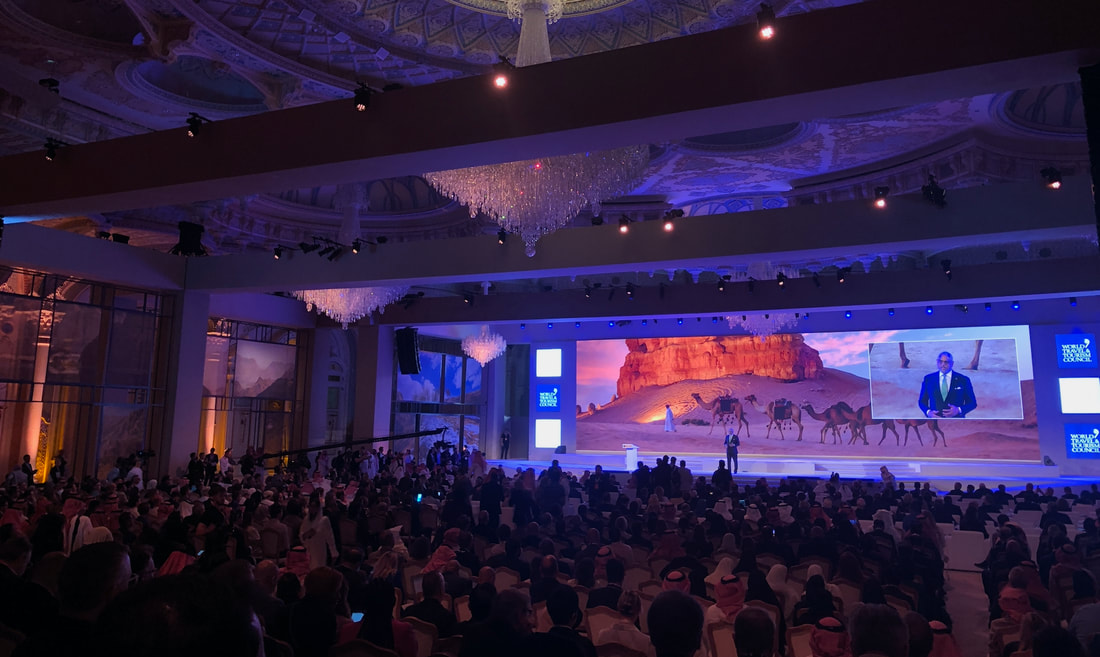
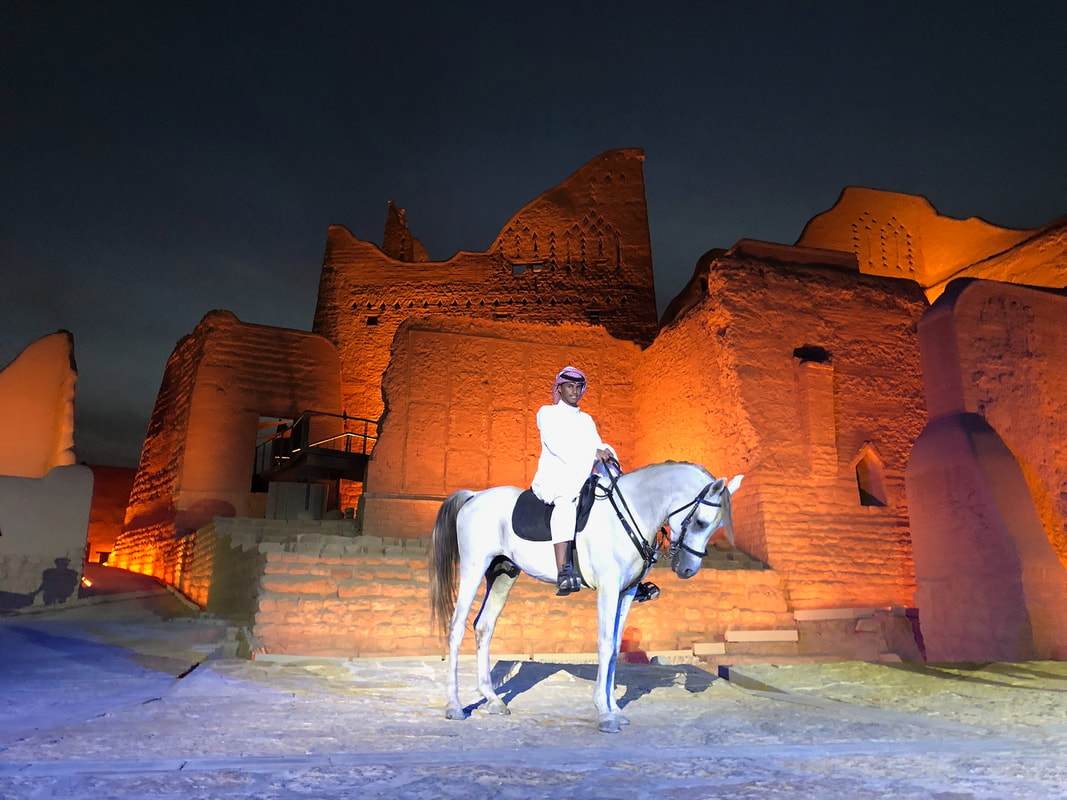
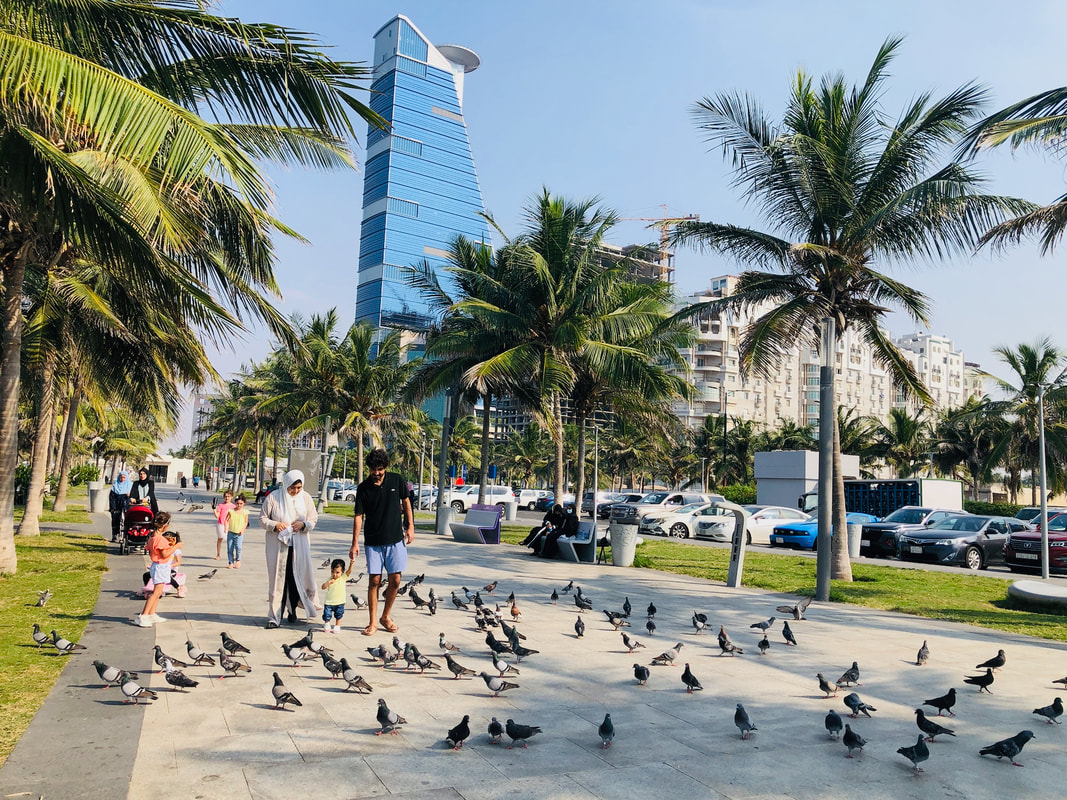
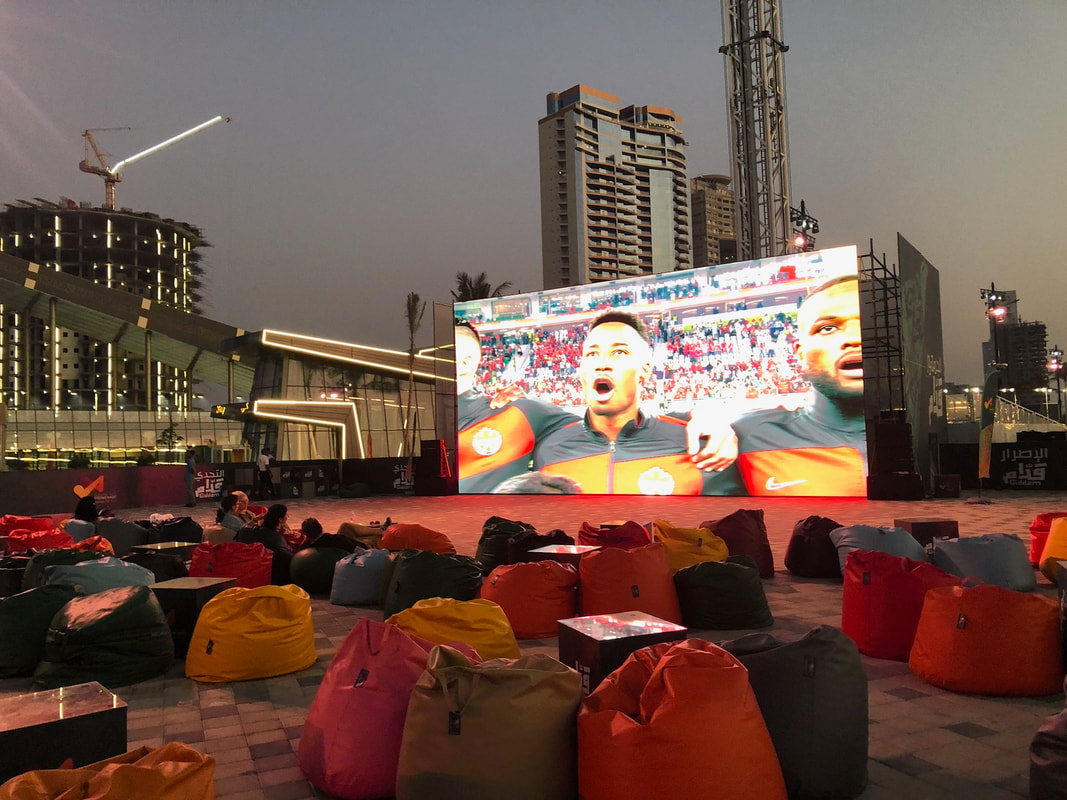
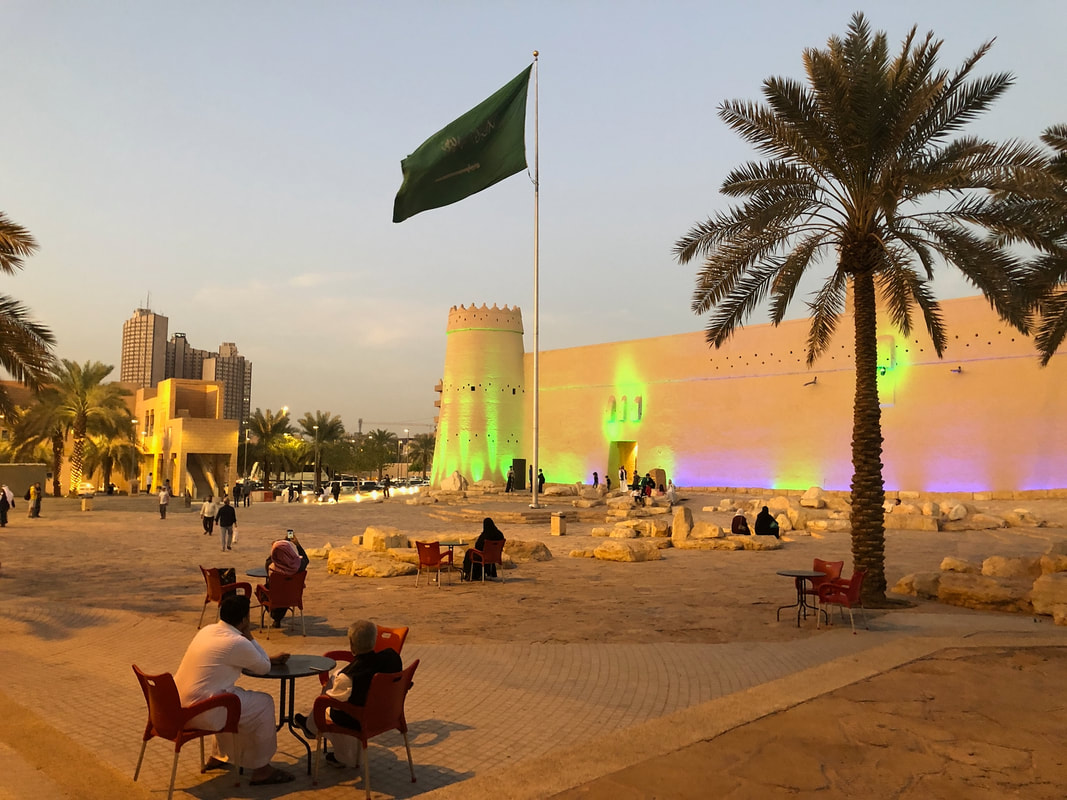
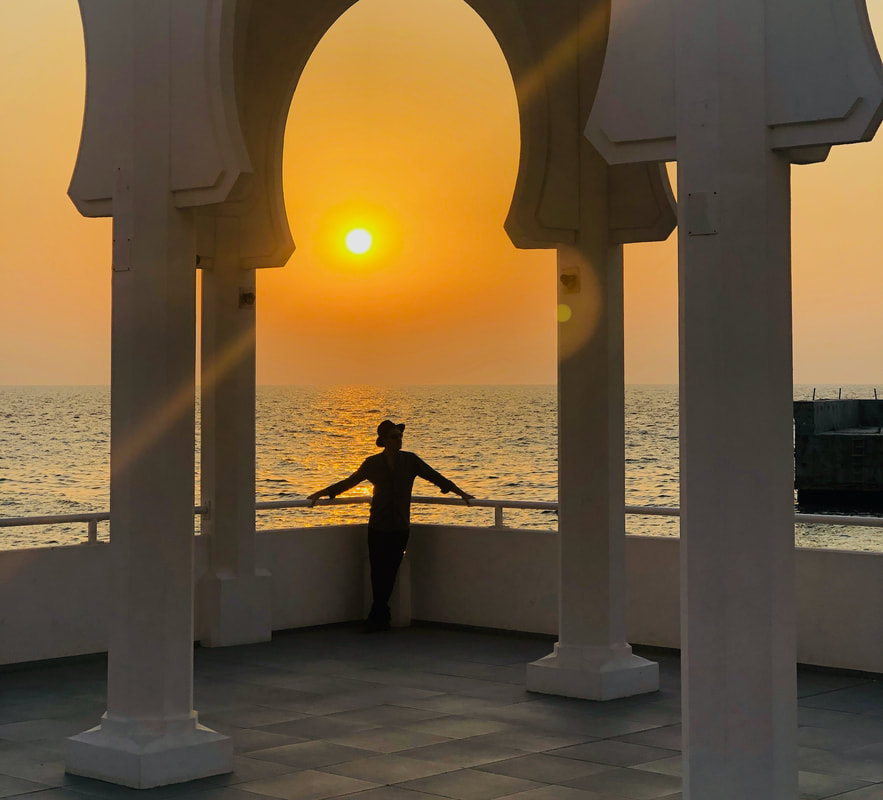
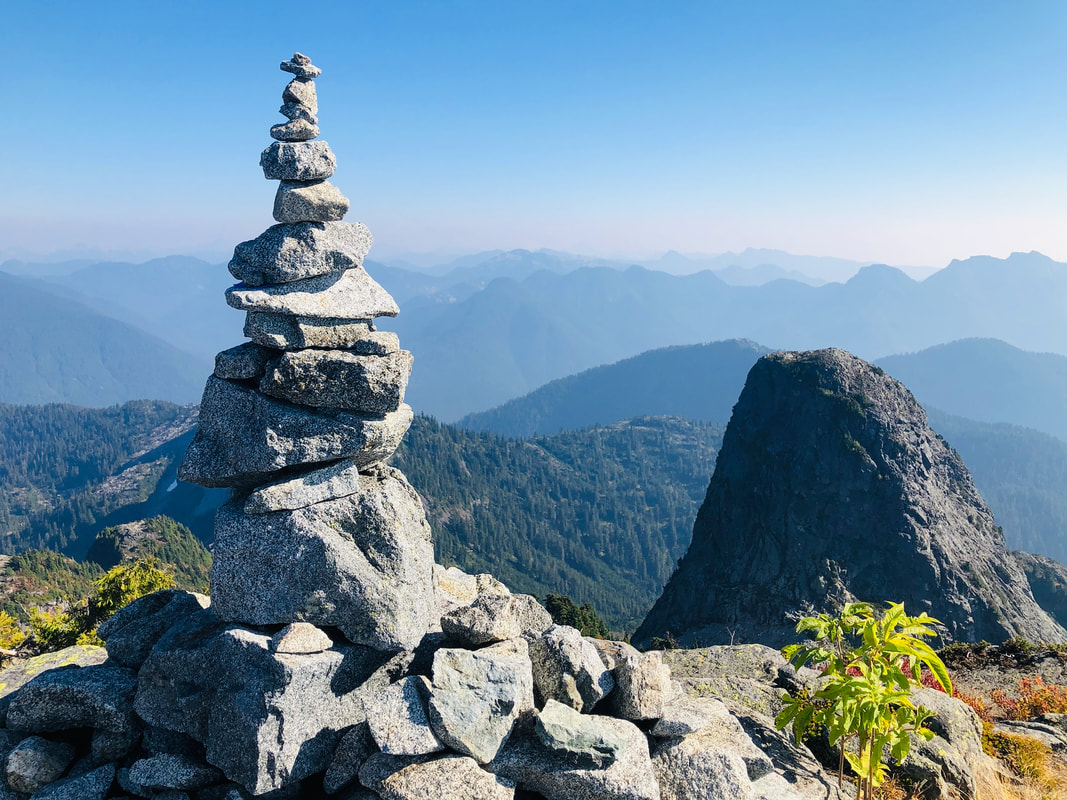

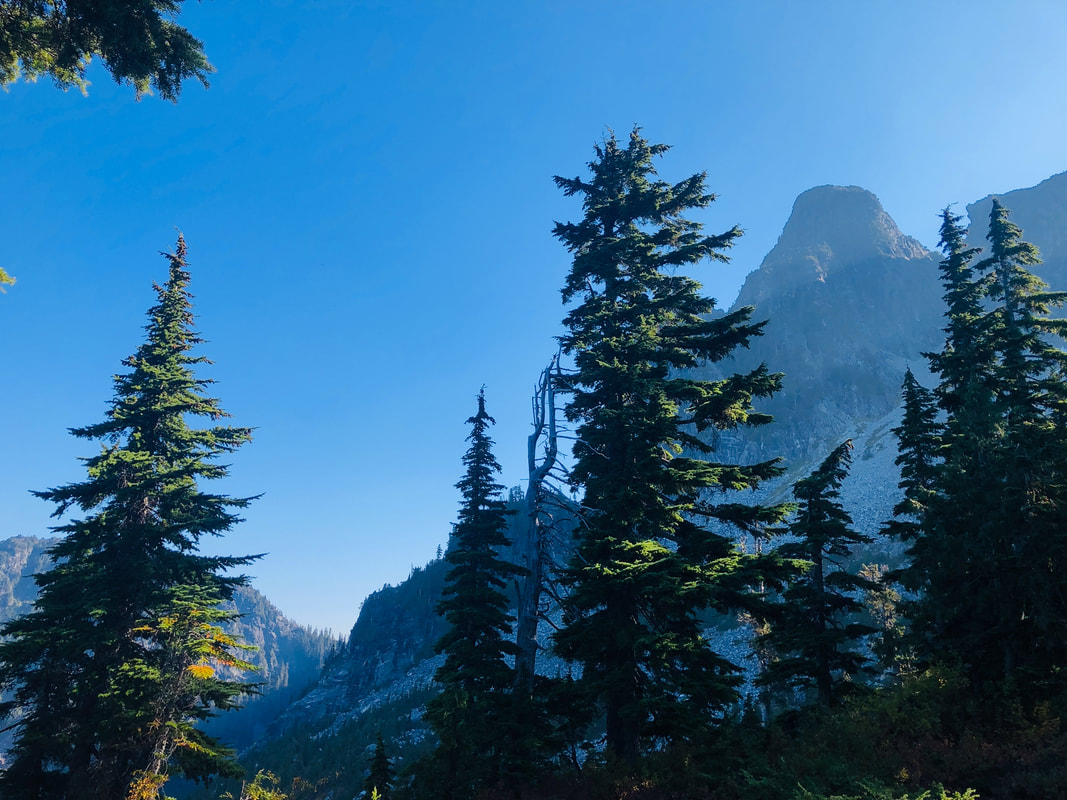
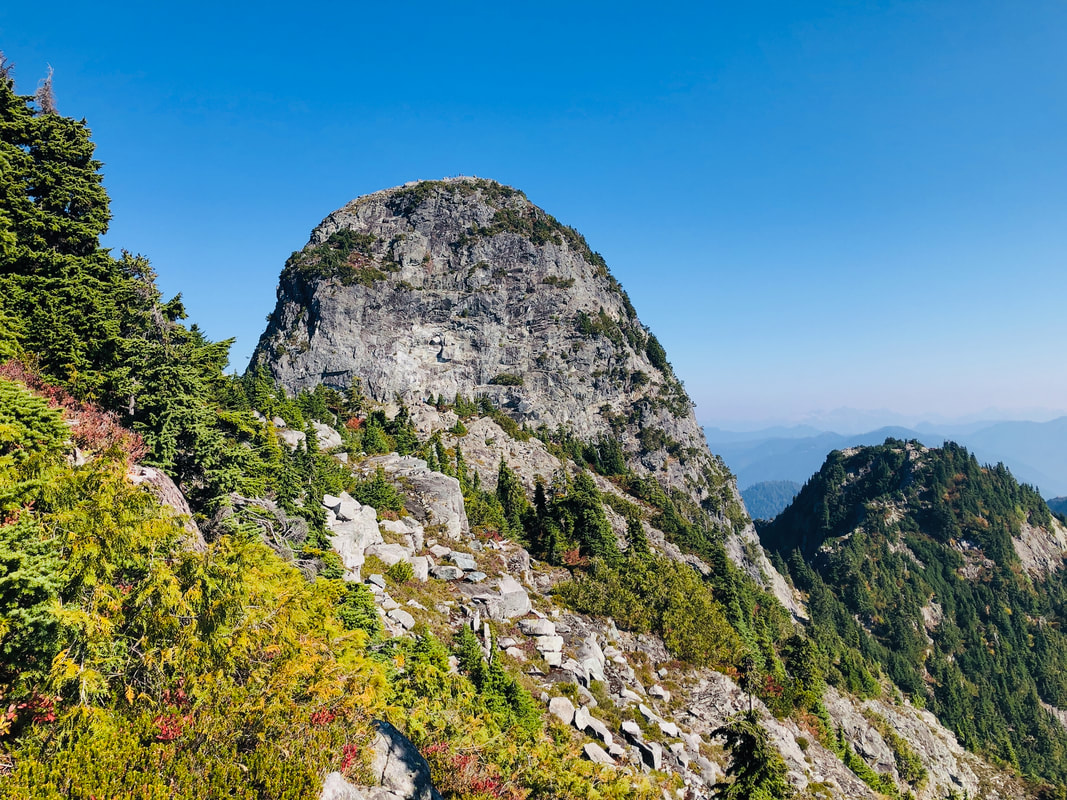
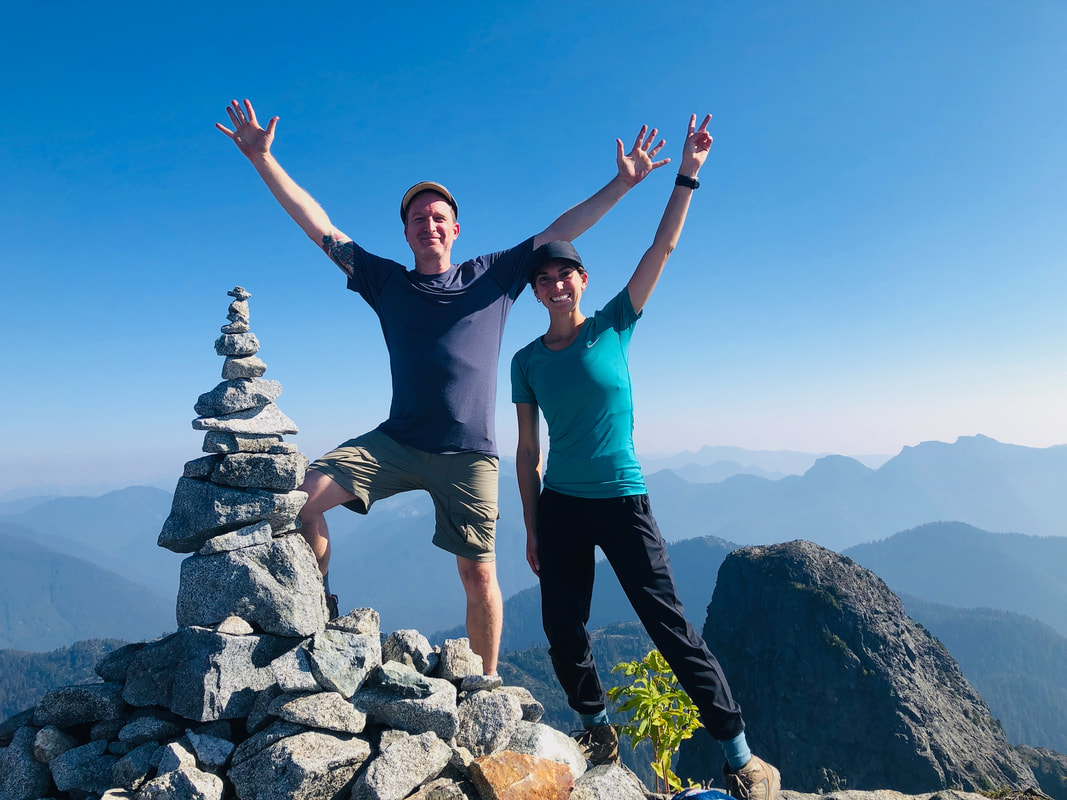
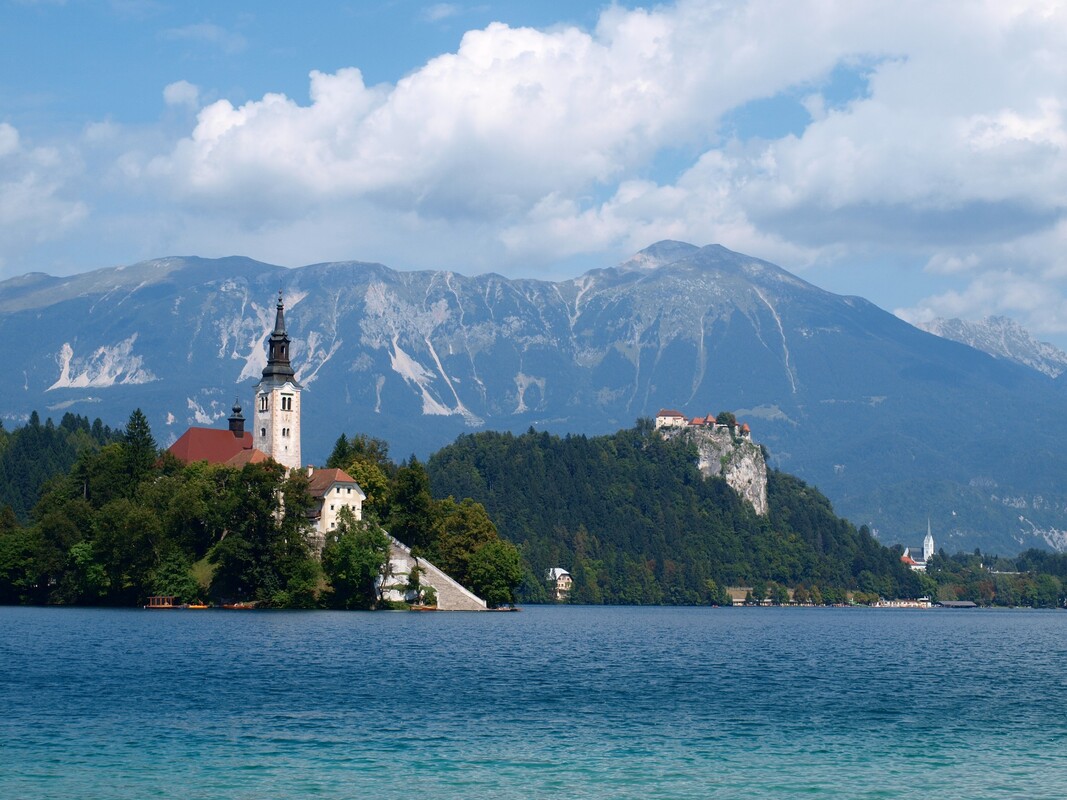
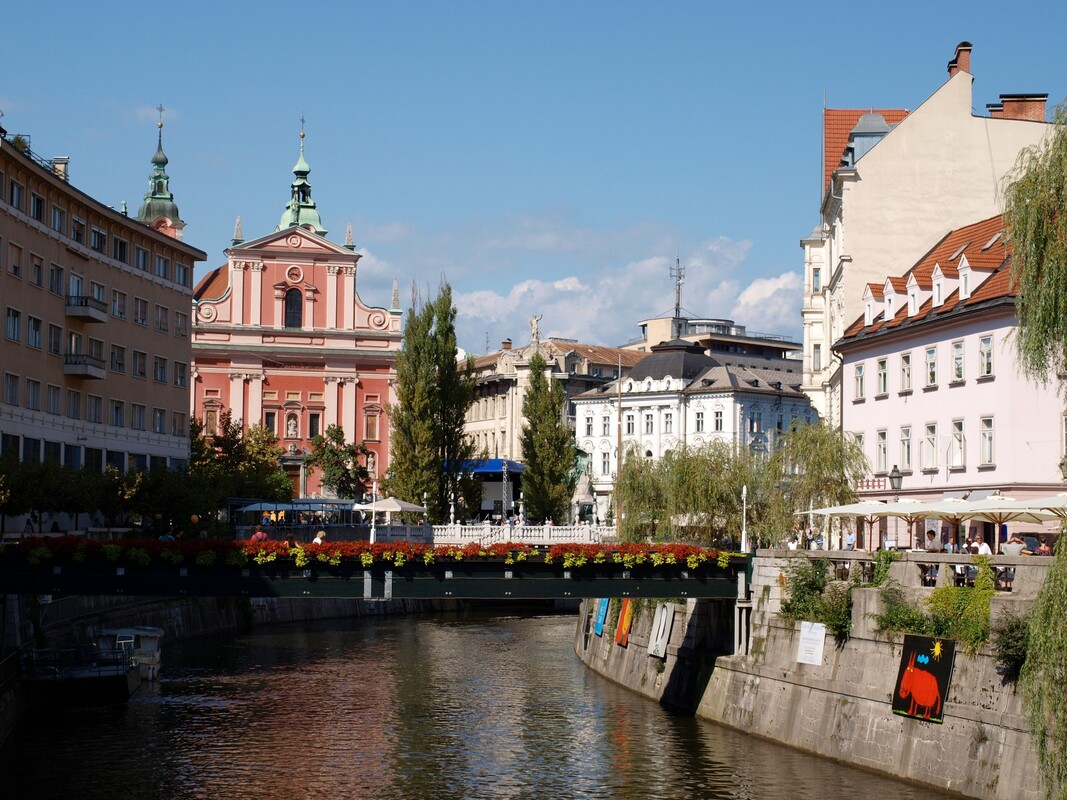
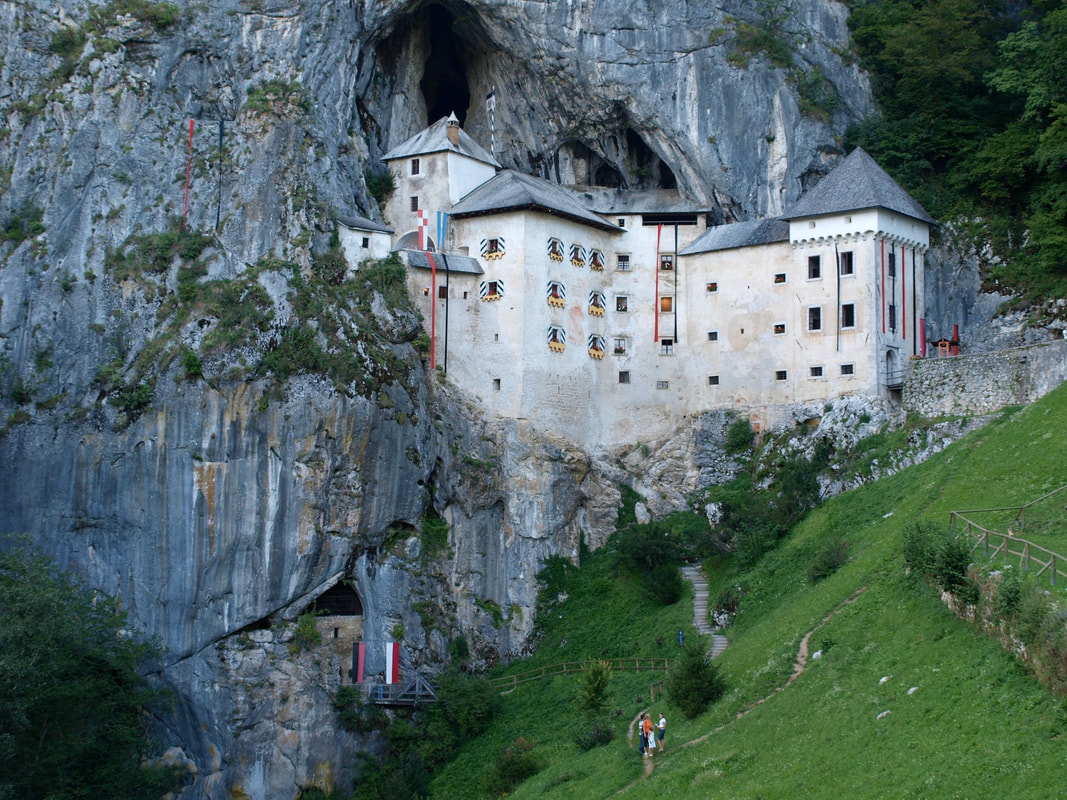
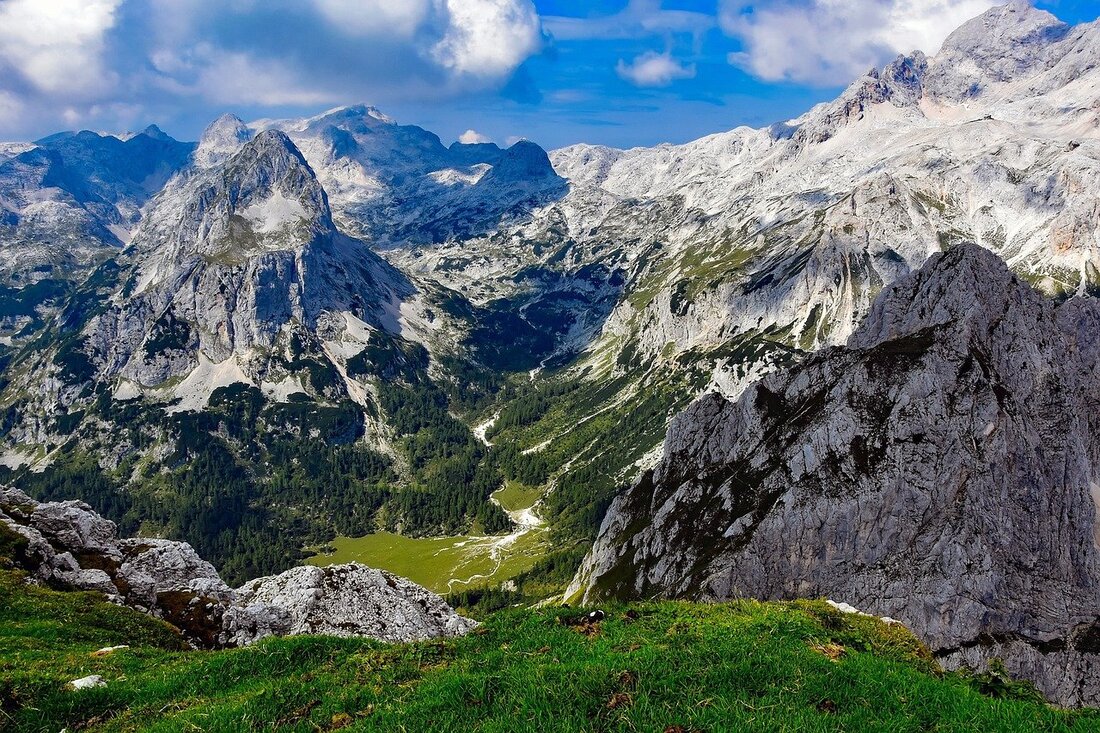
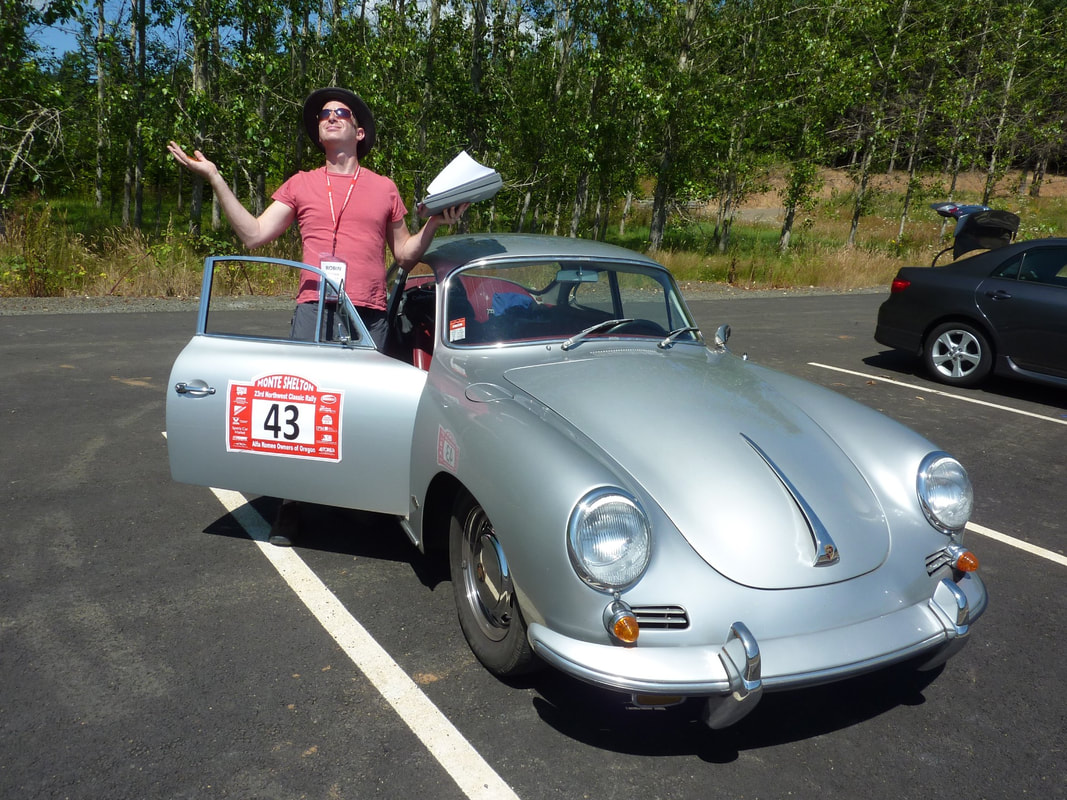
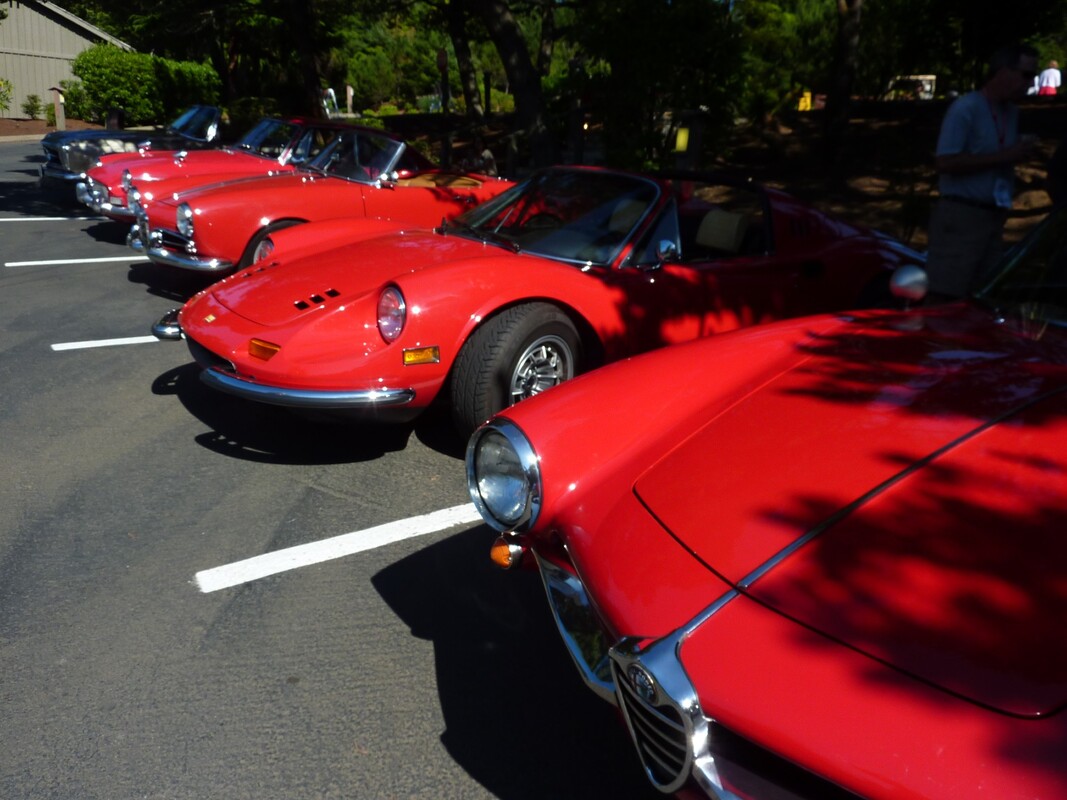
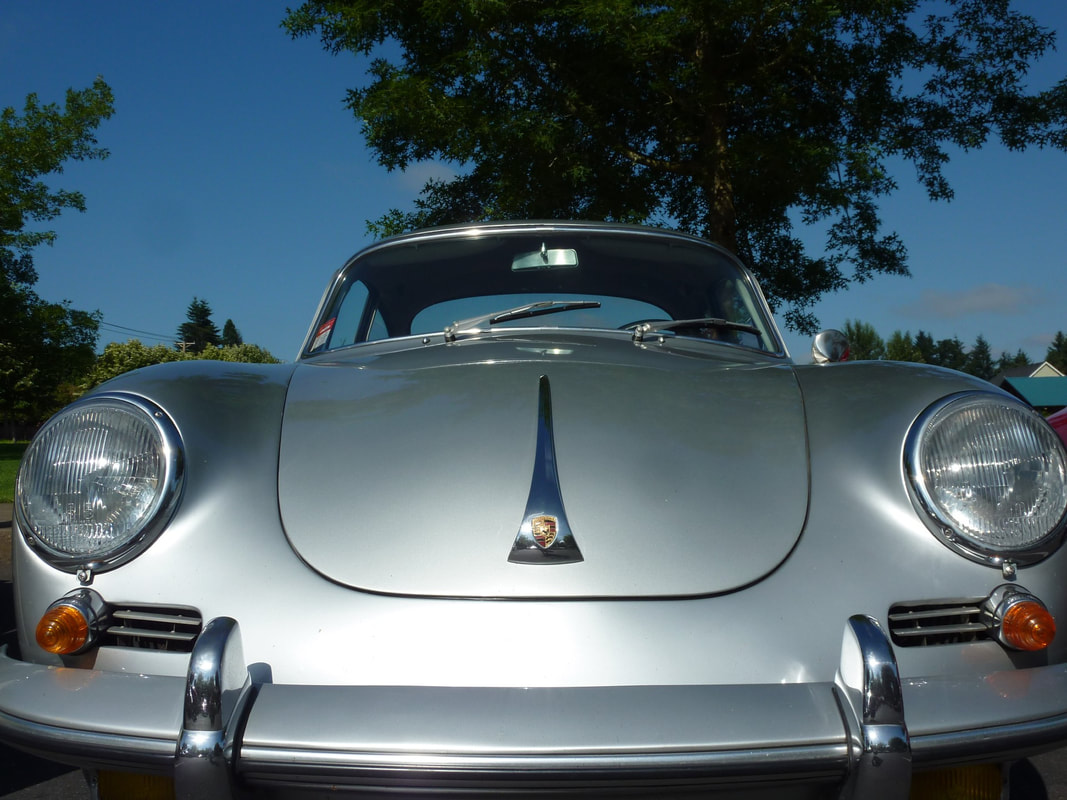
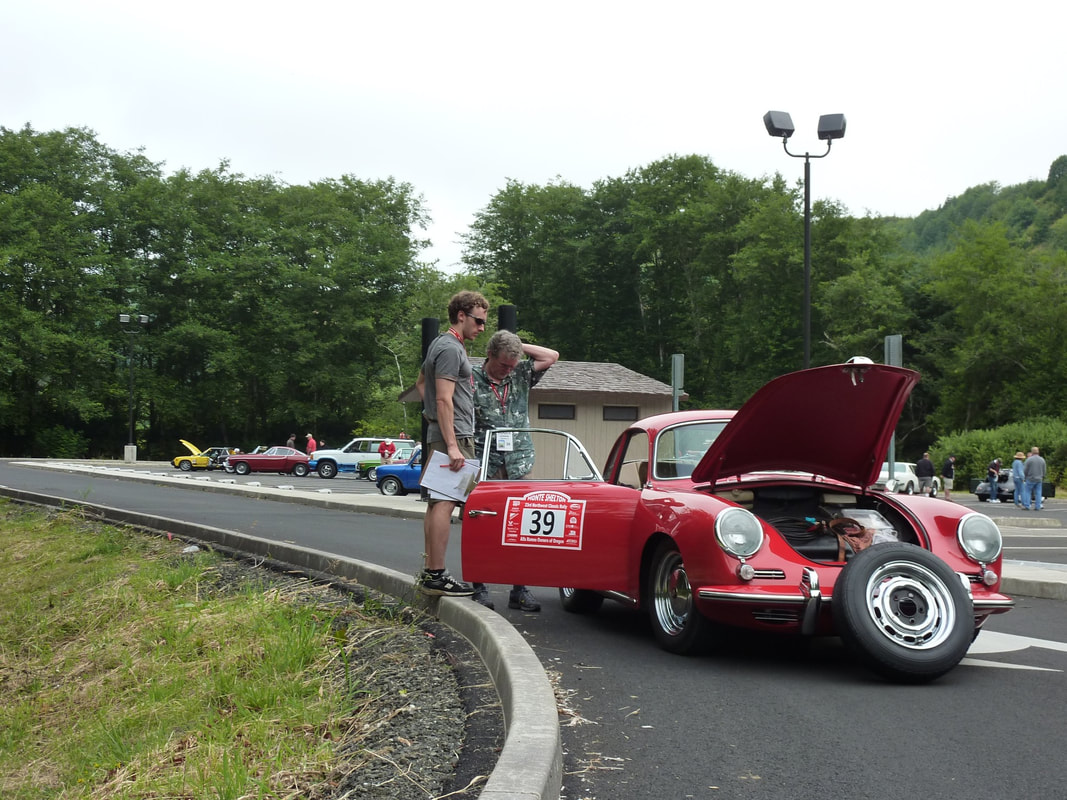
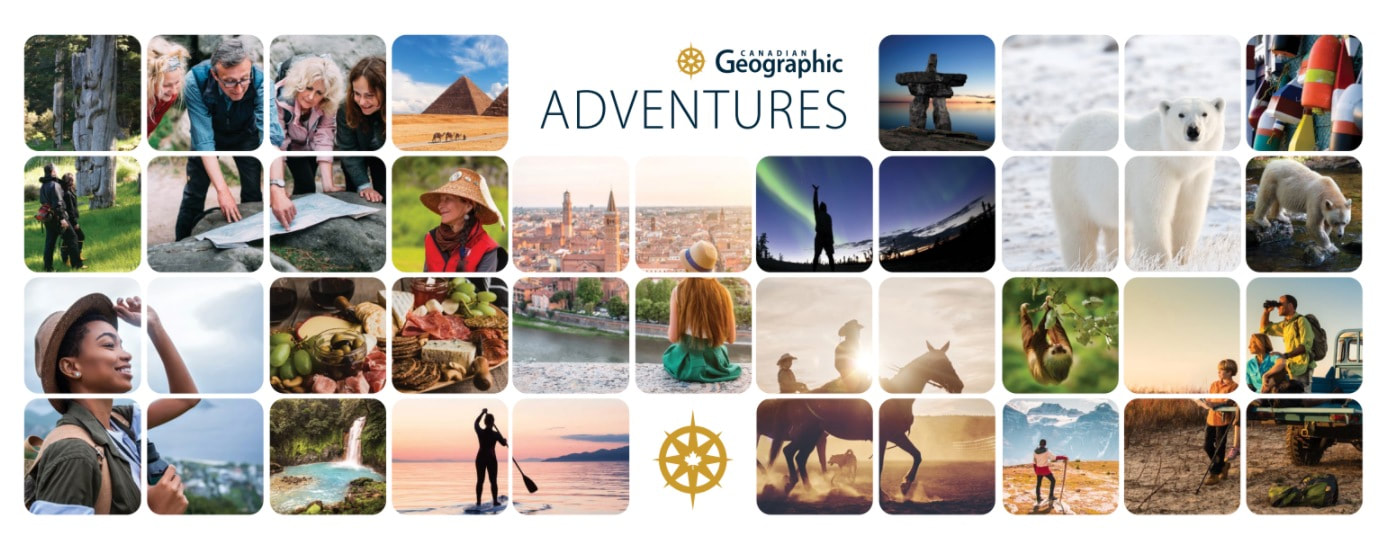
 RSS Feed
RSS Feed

